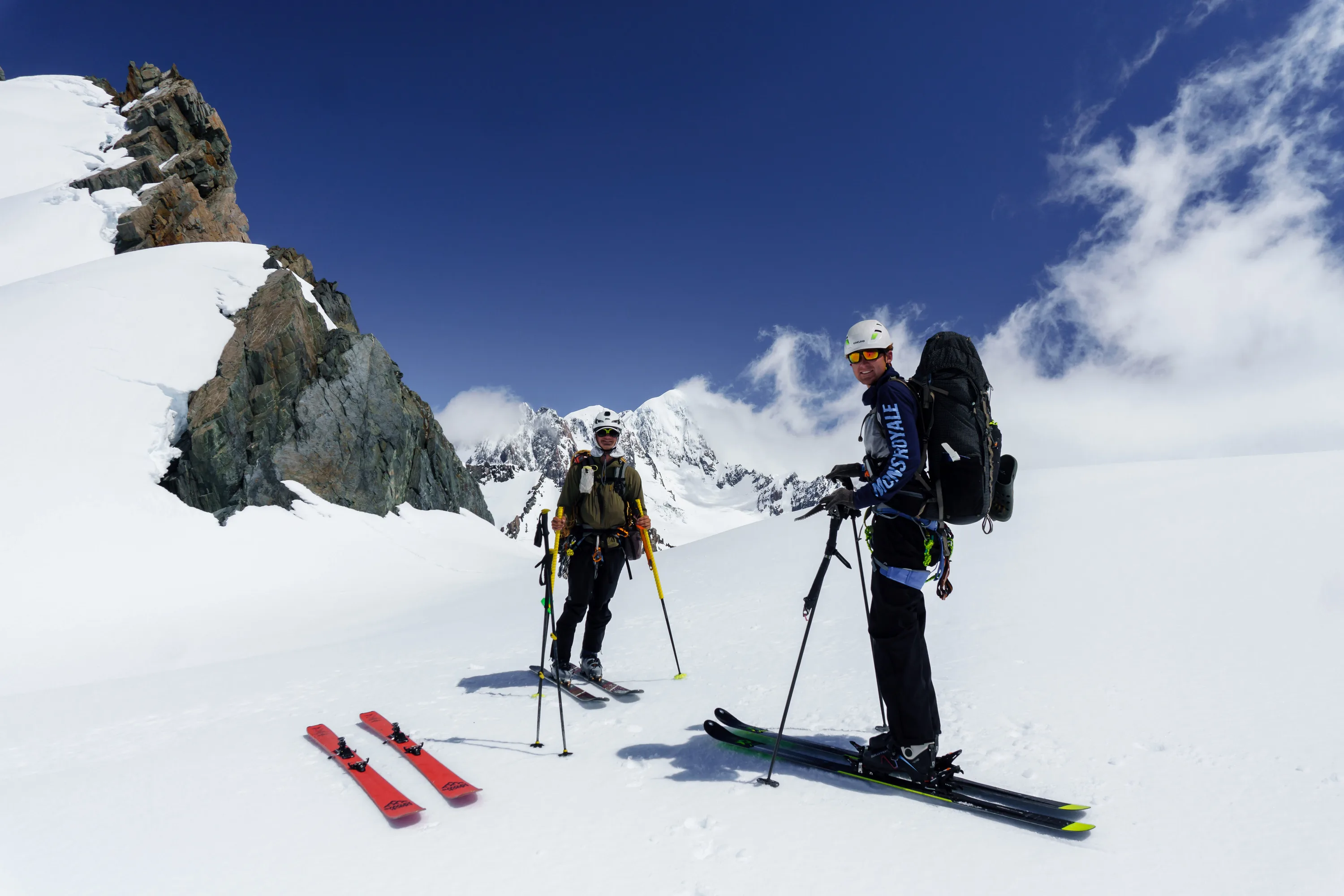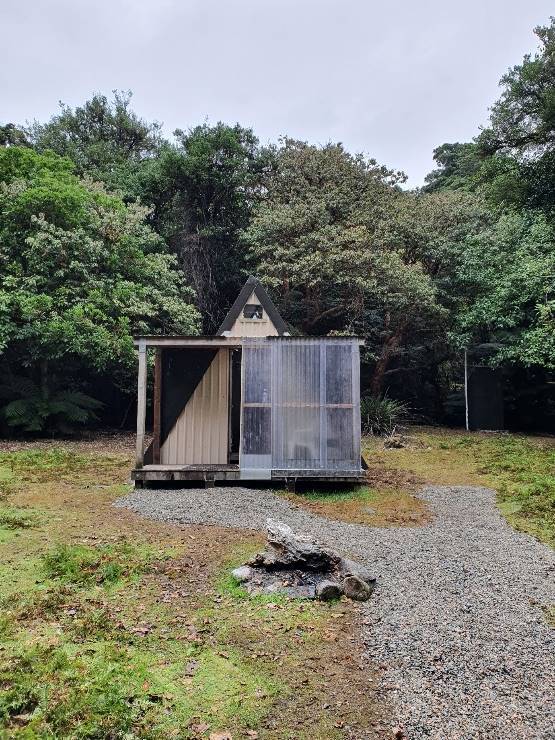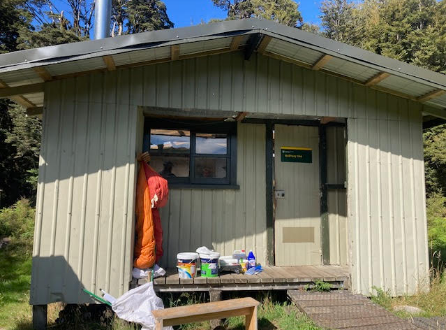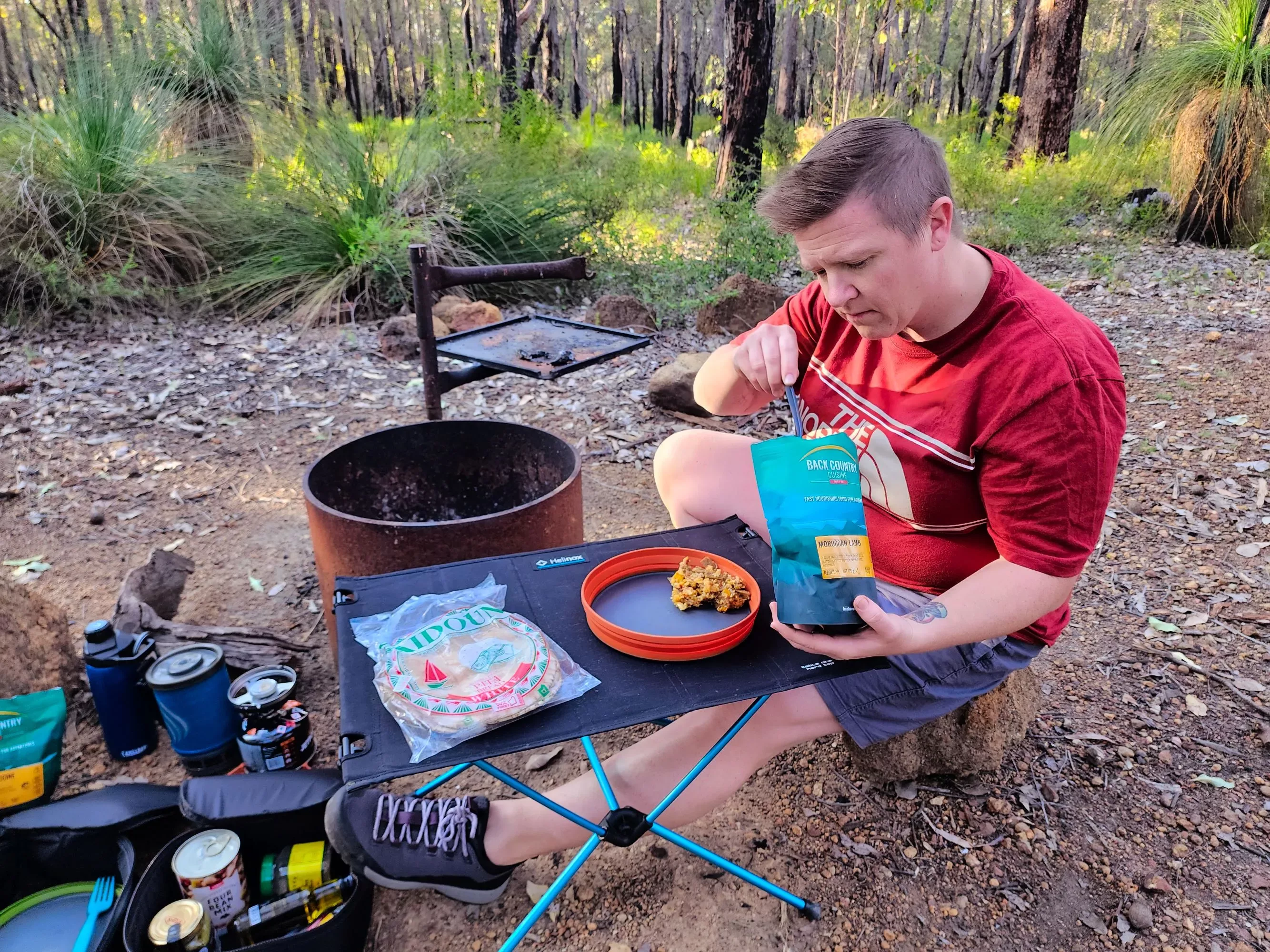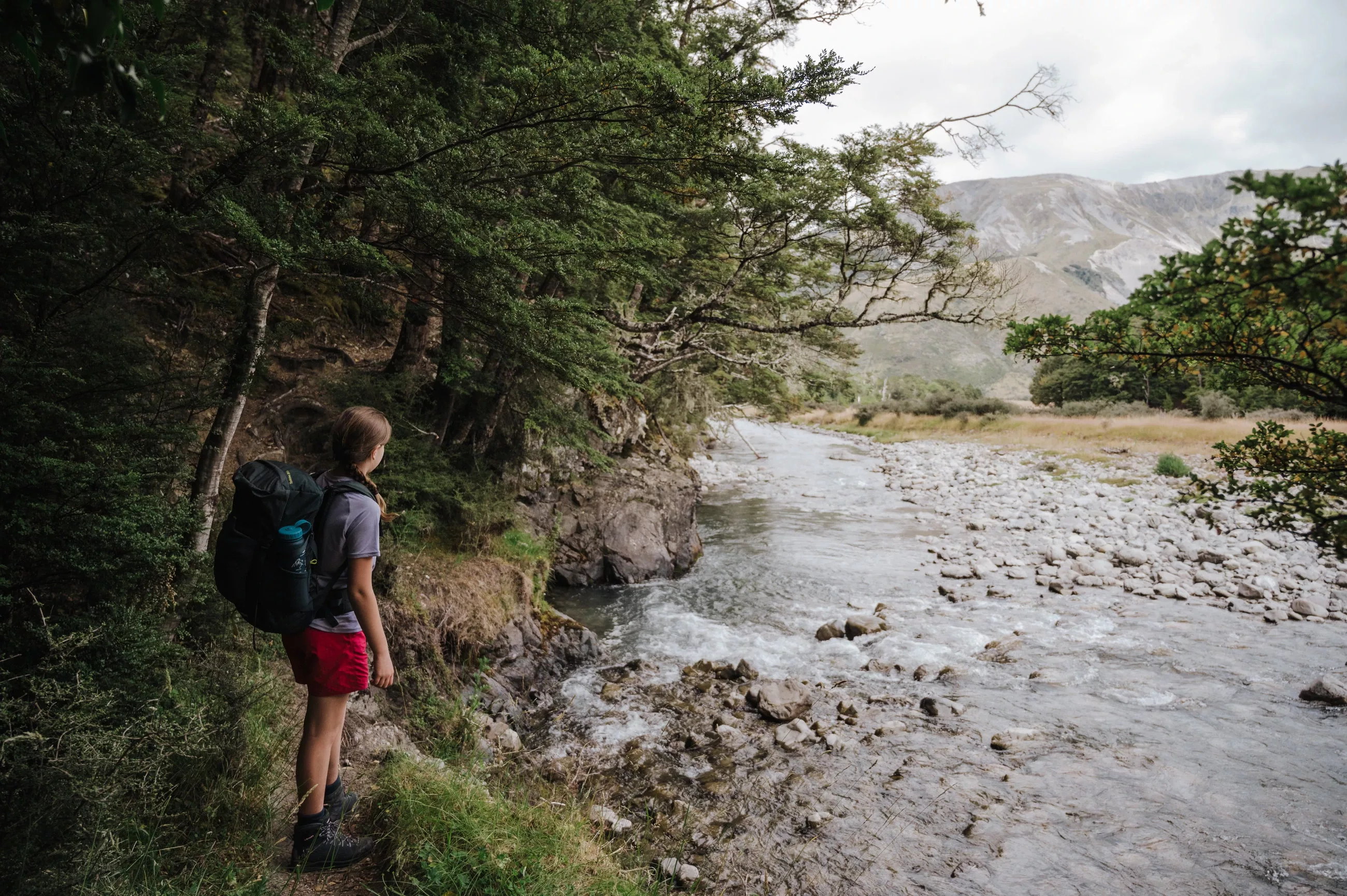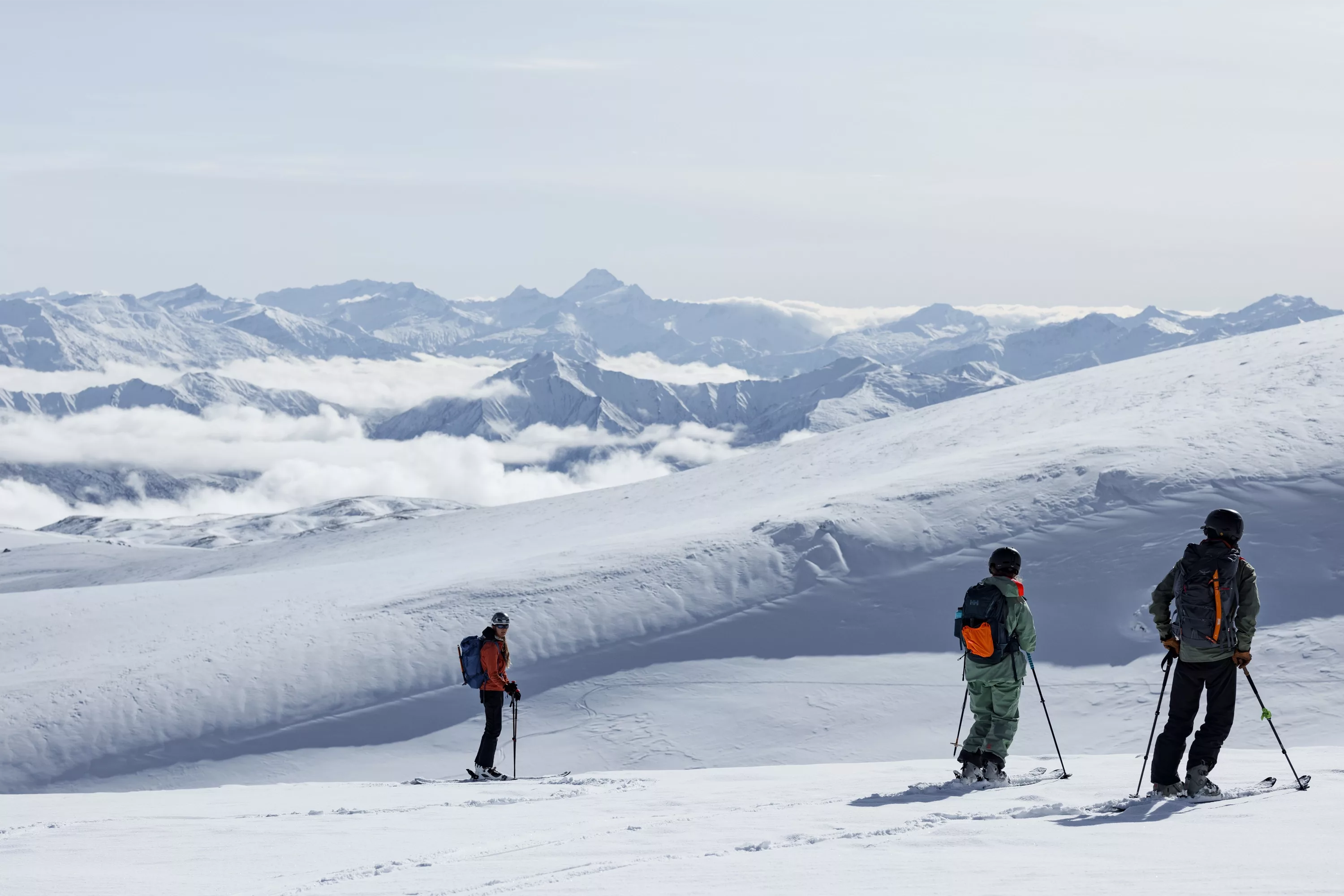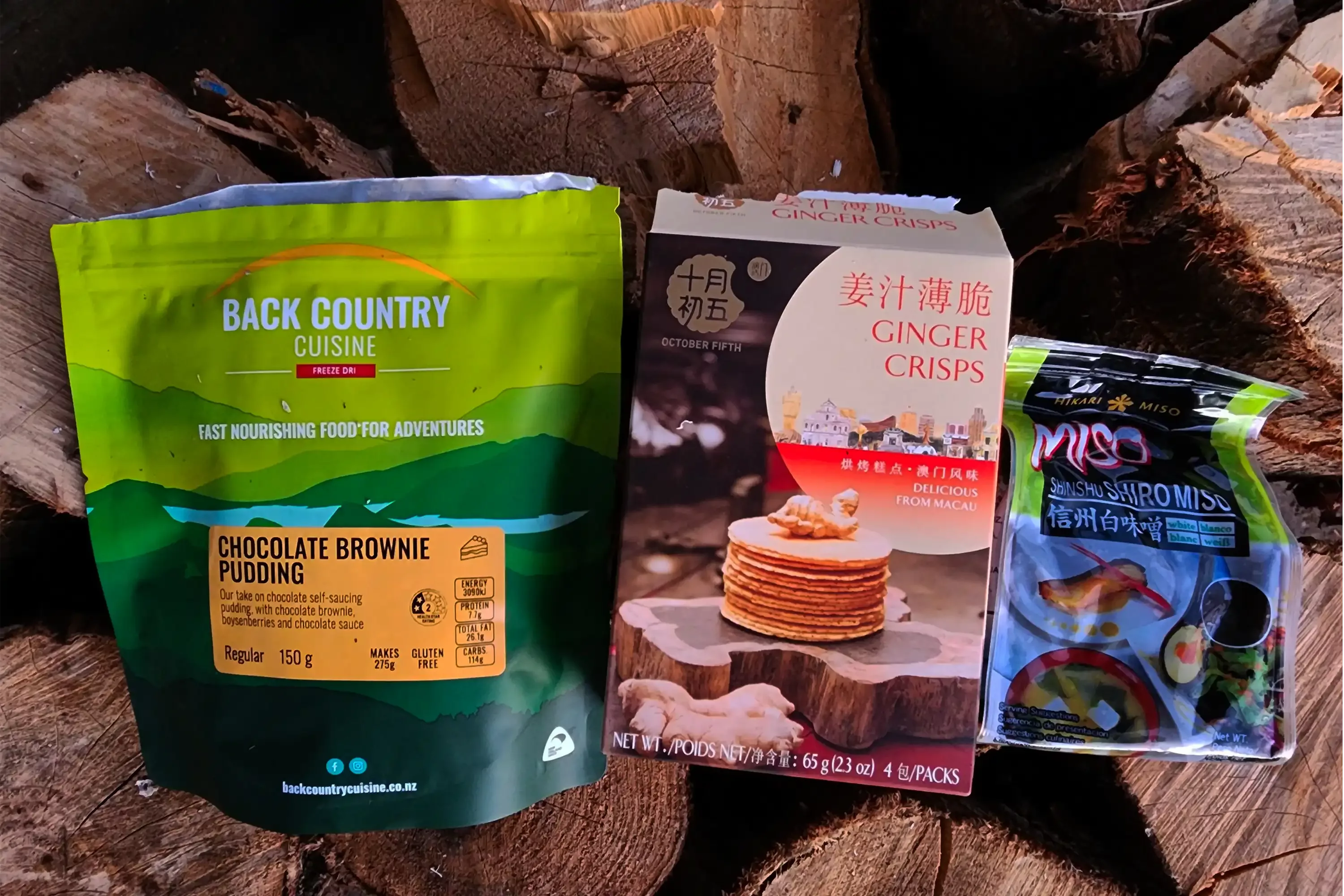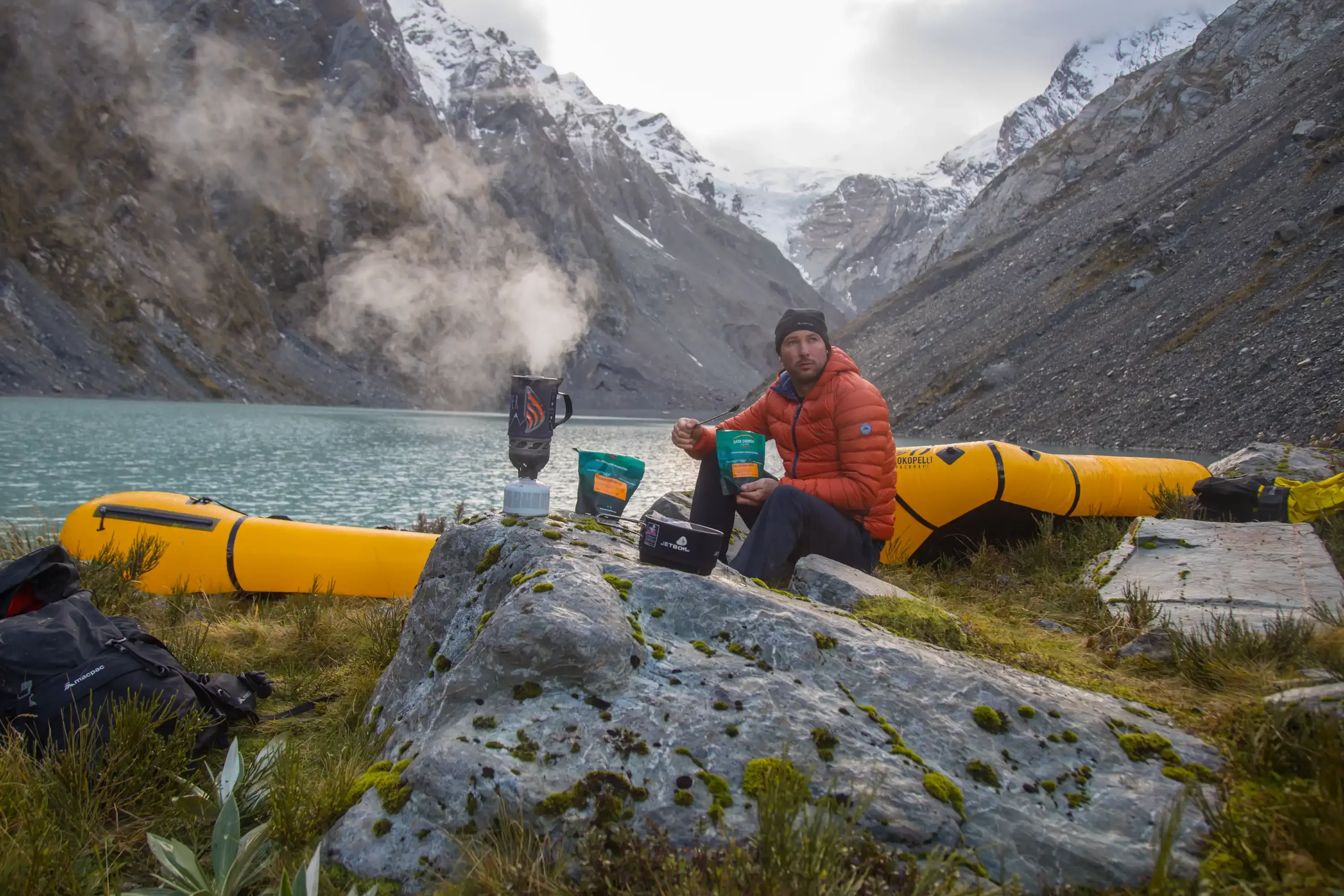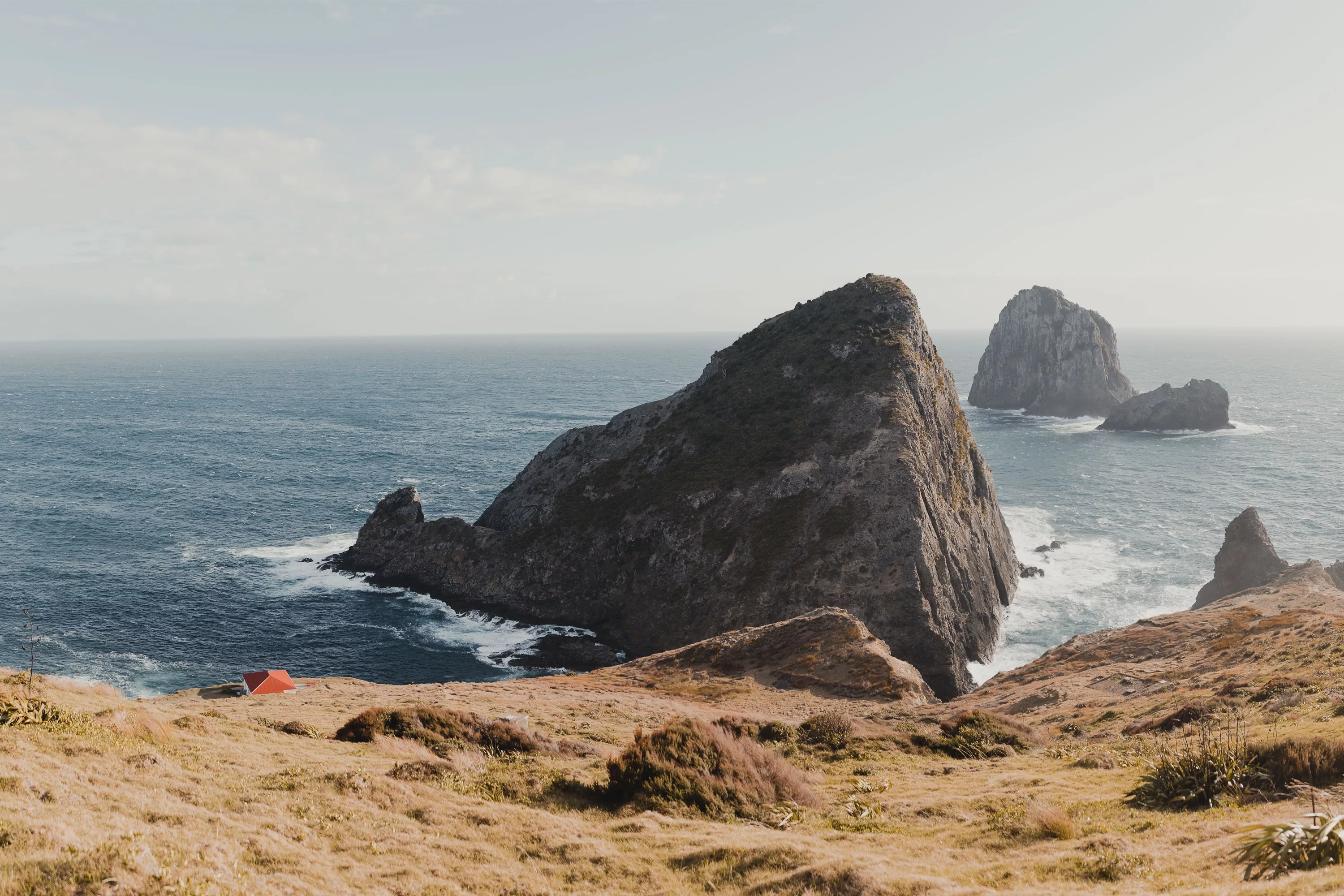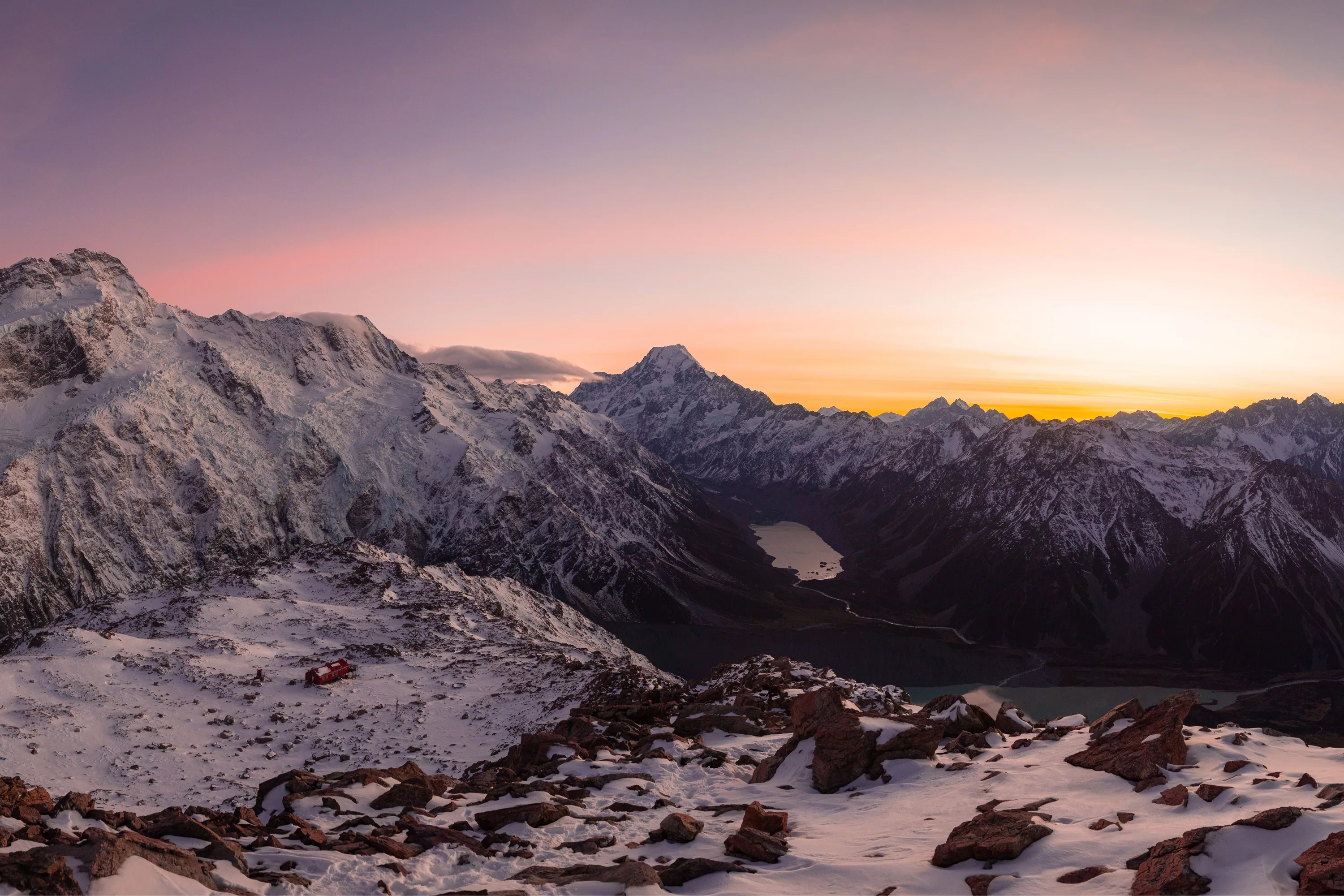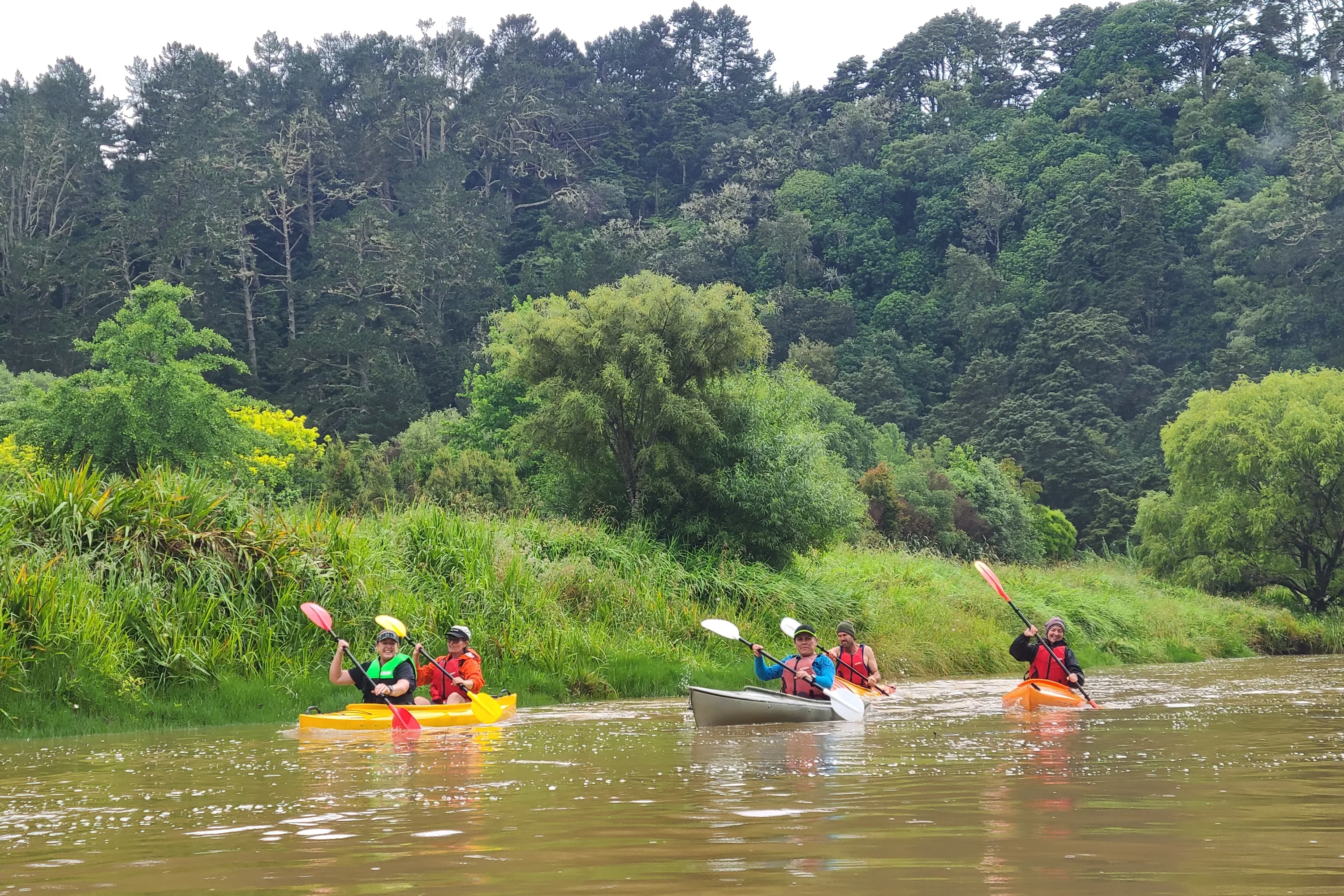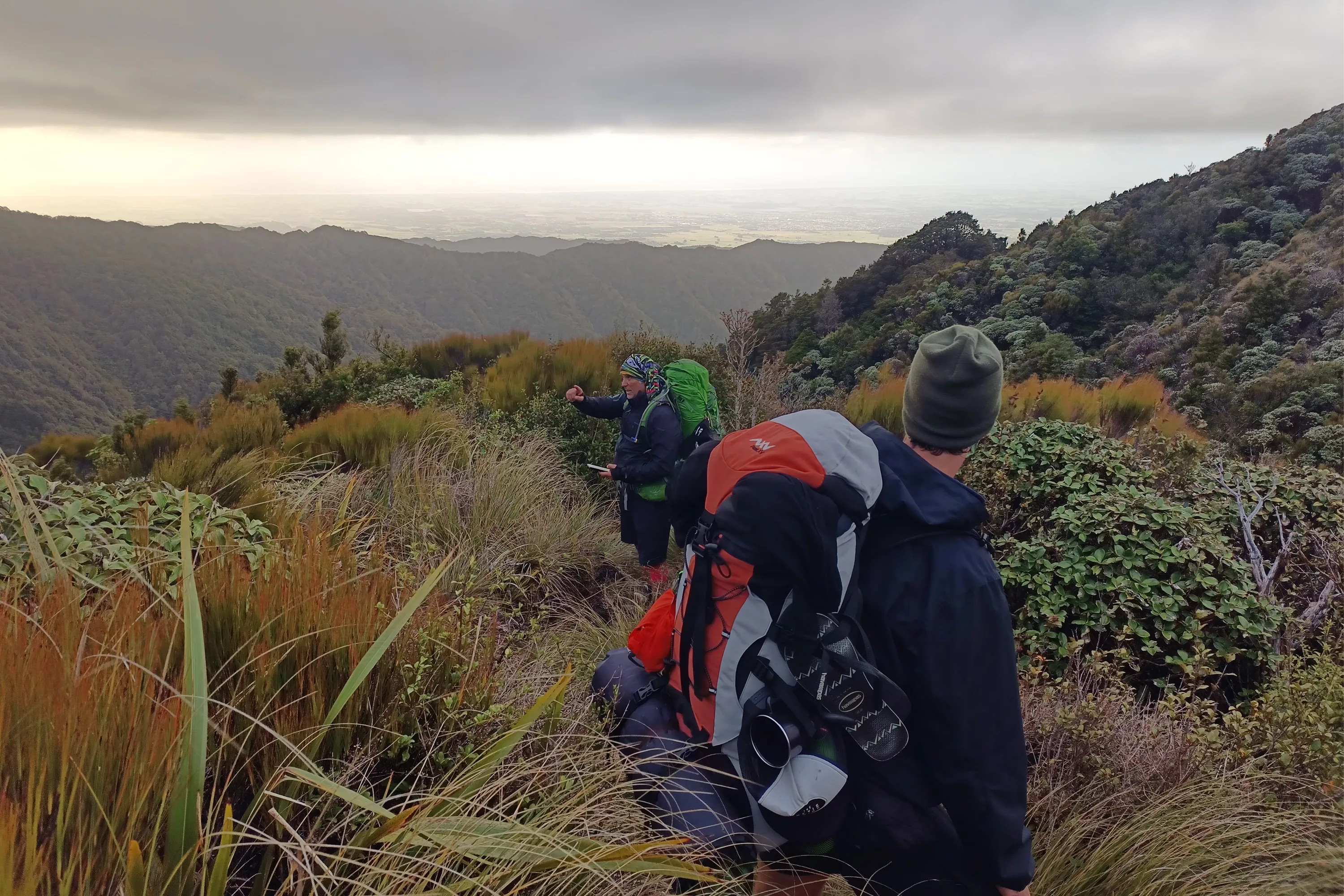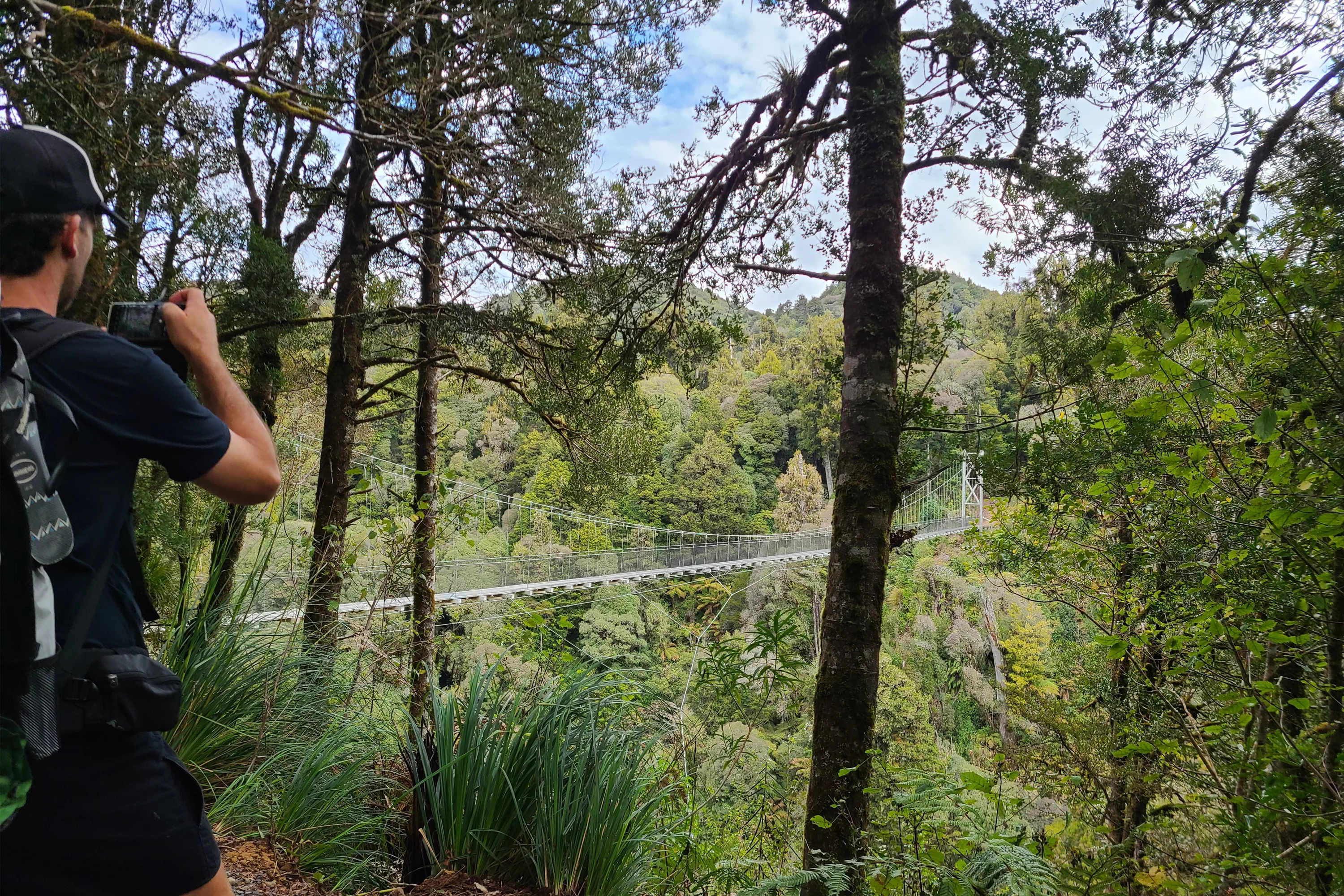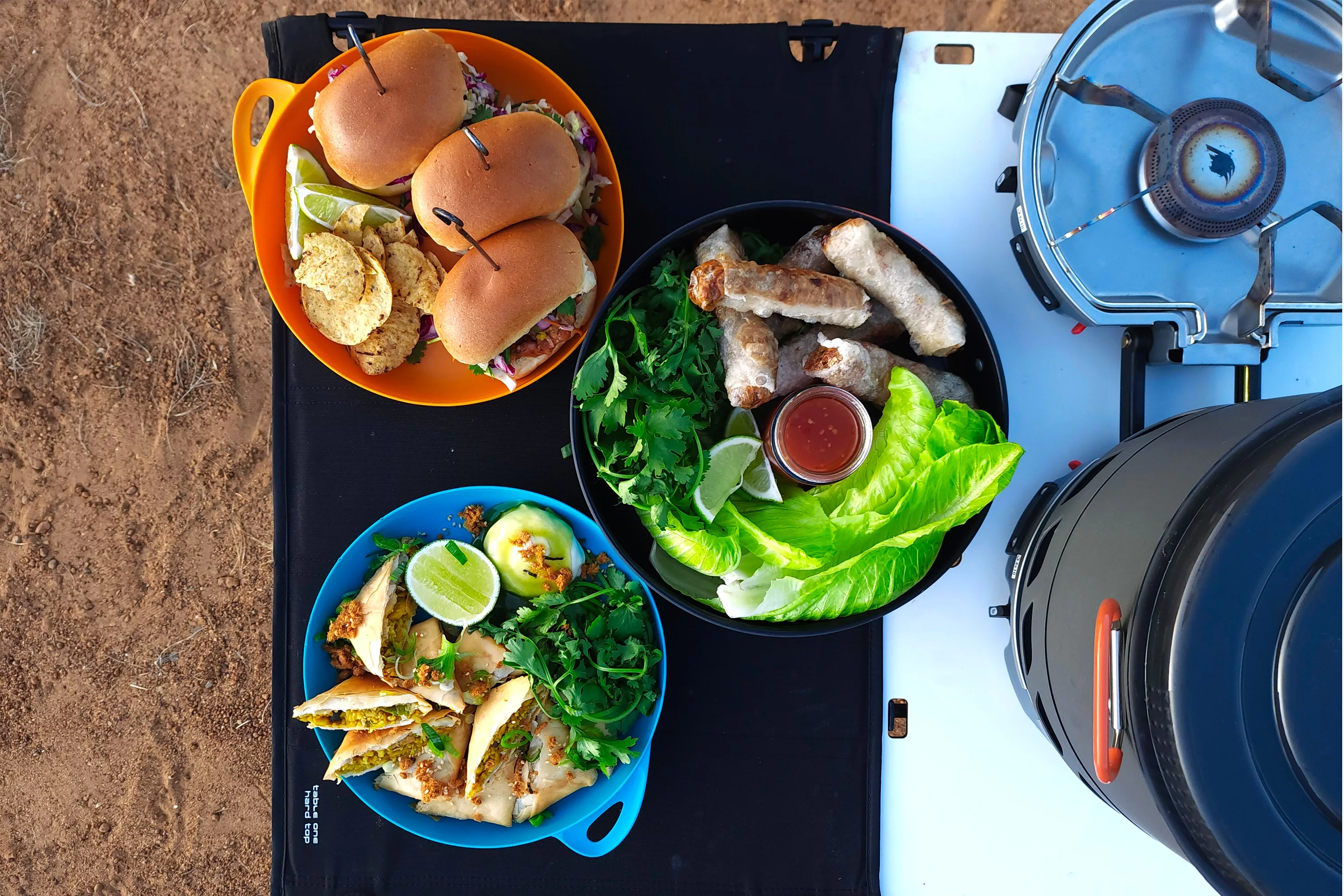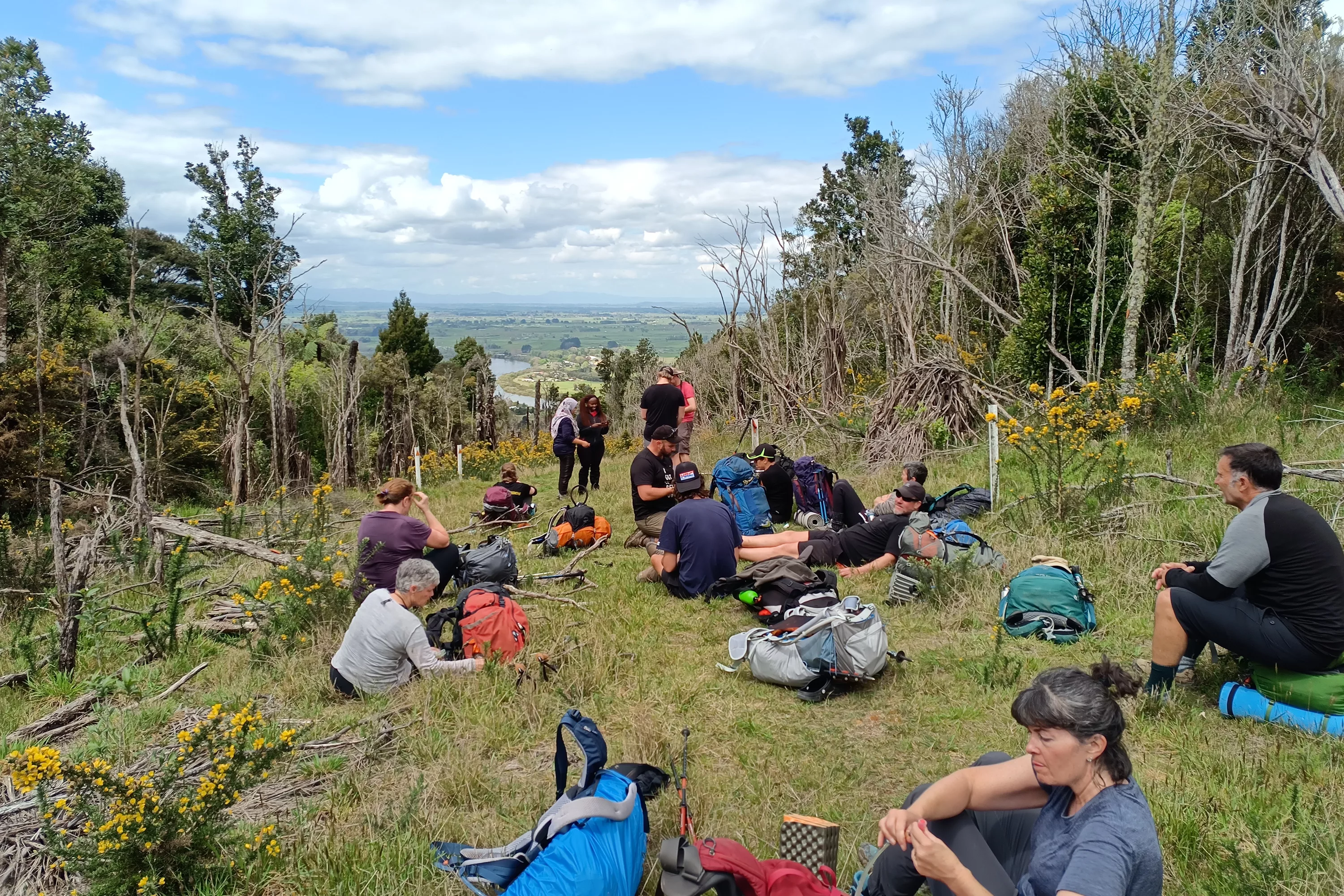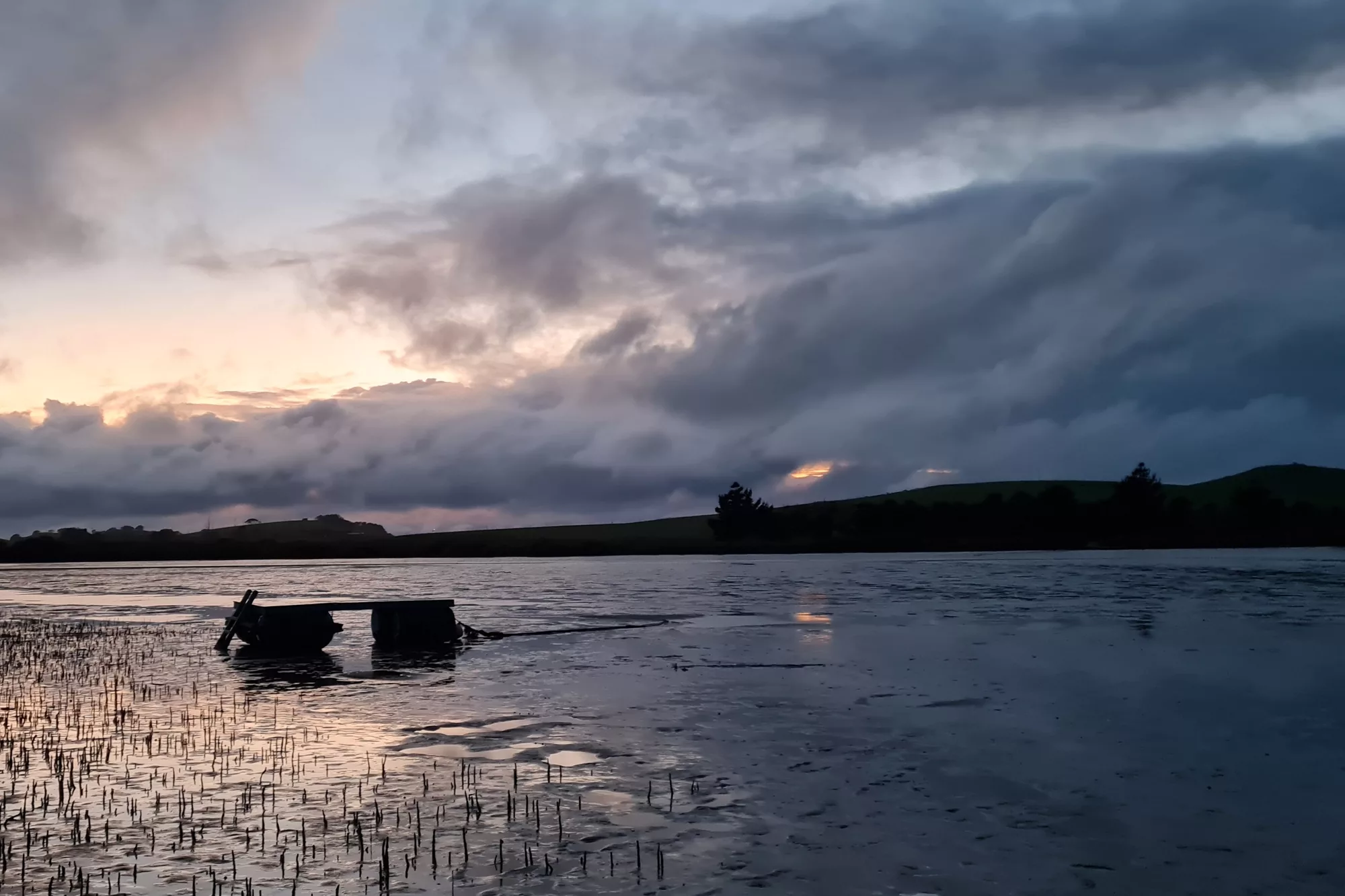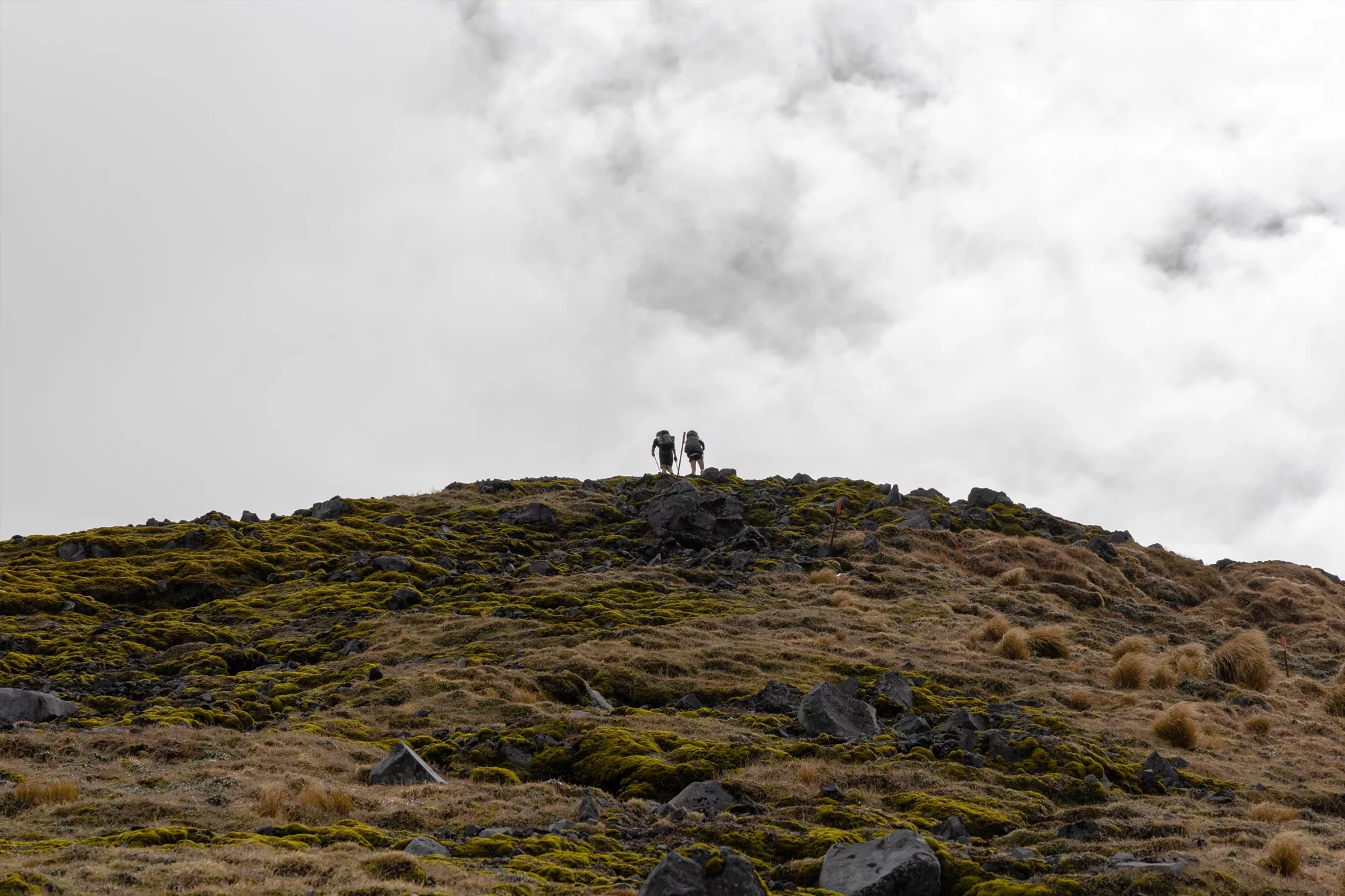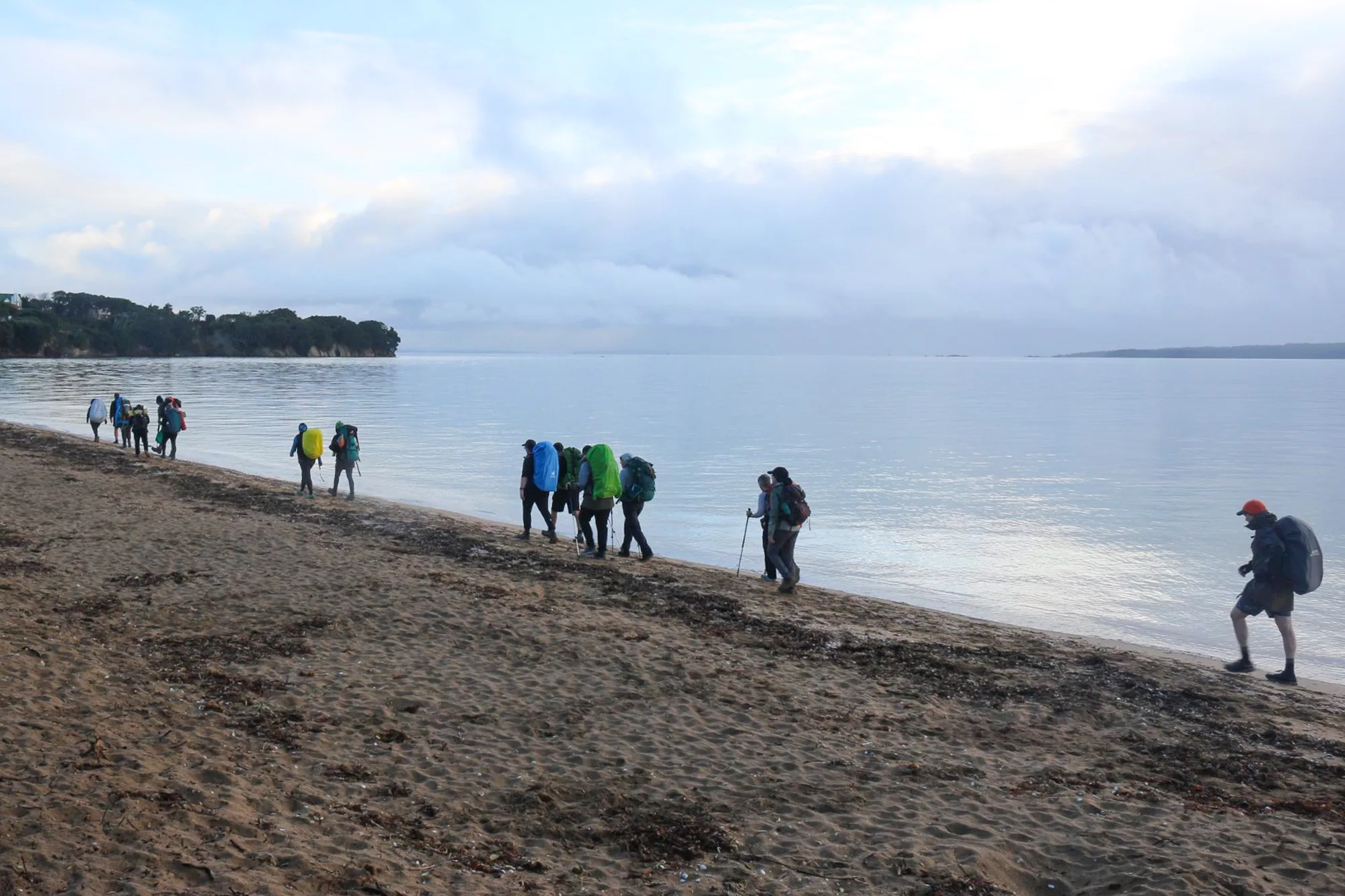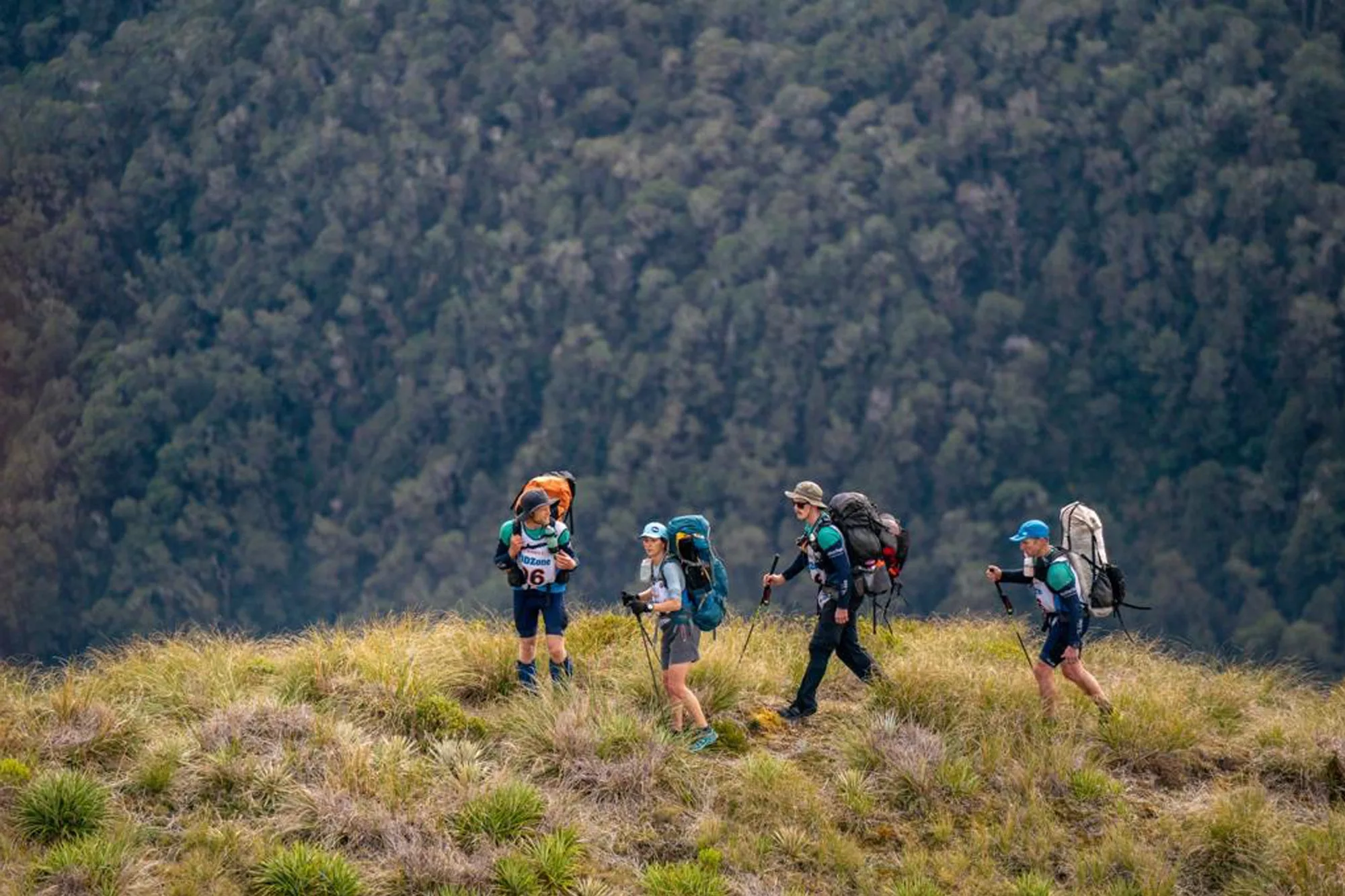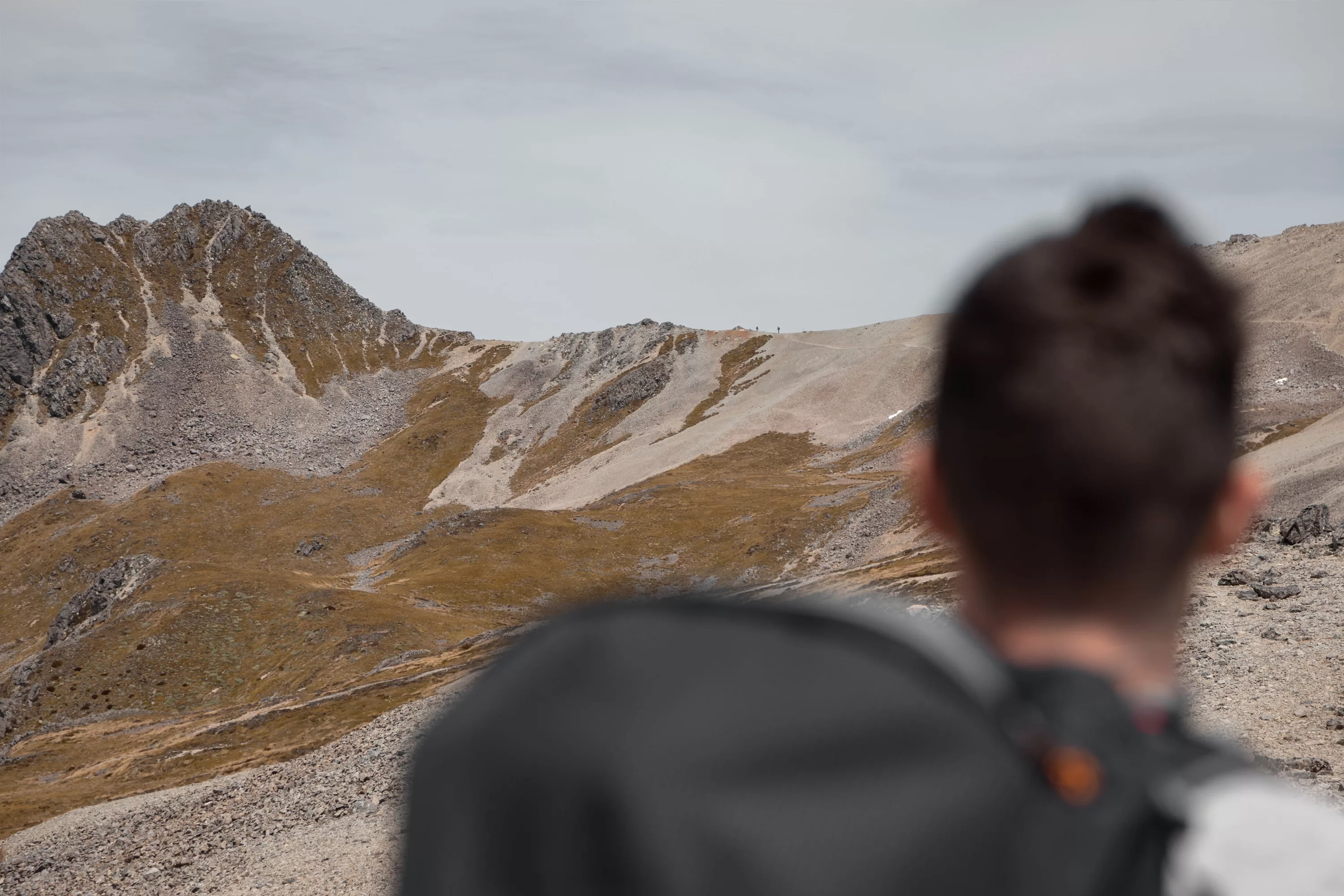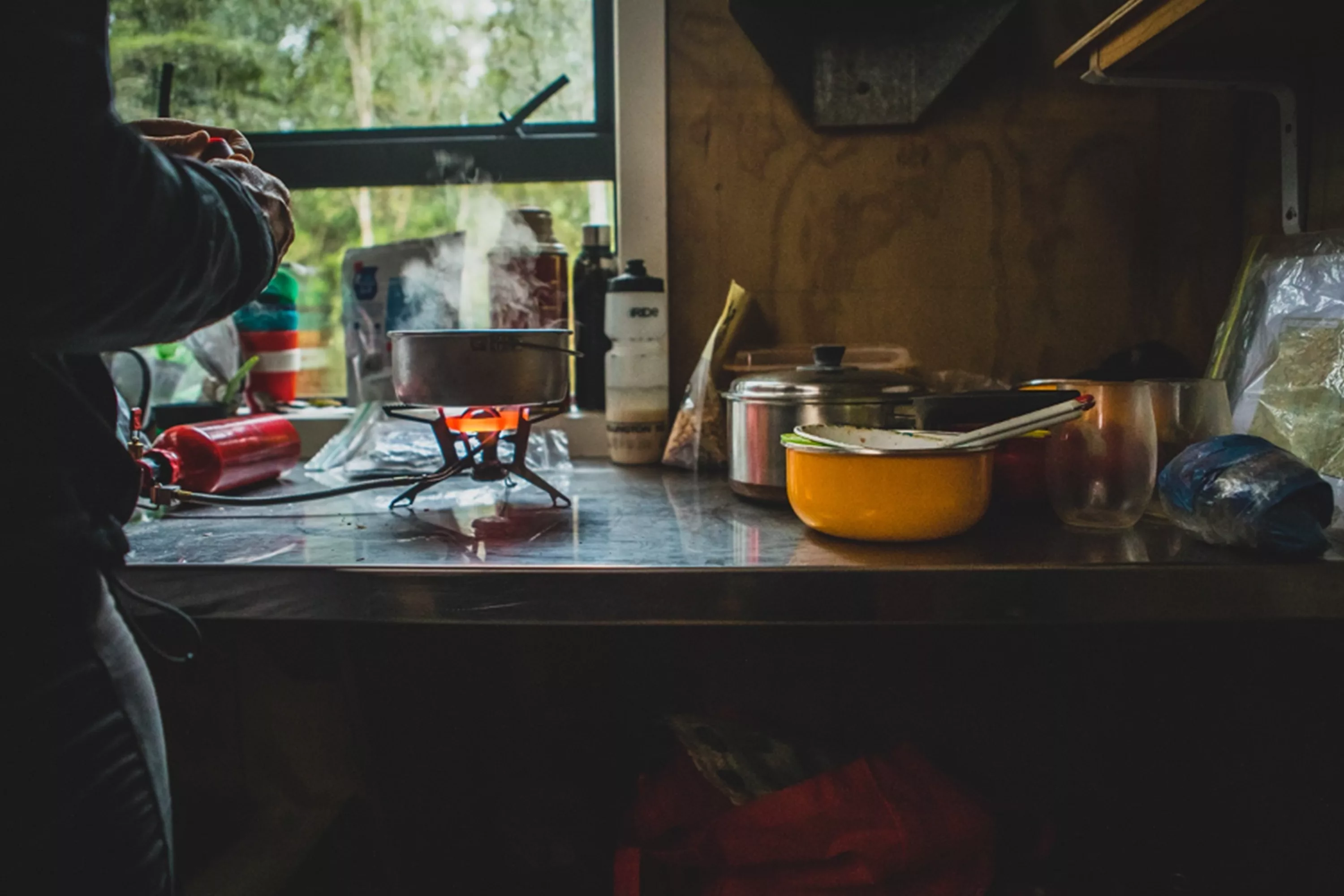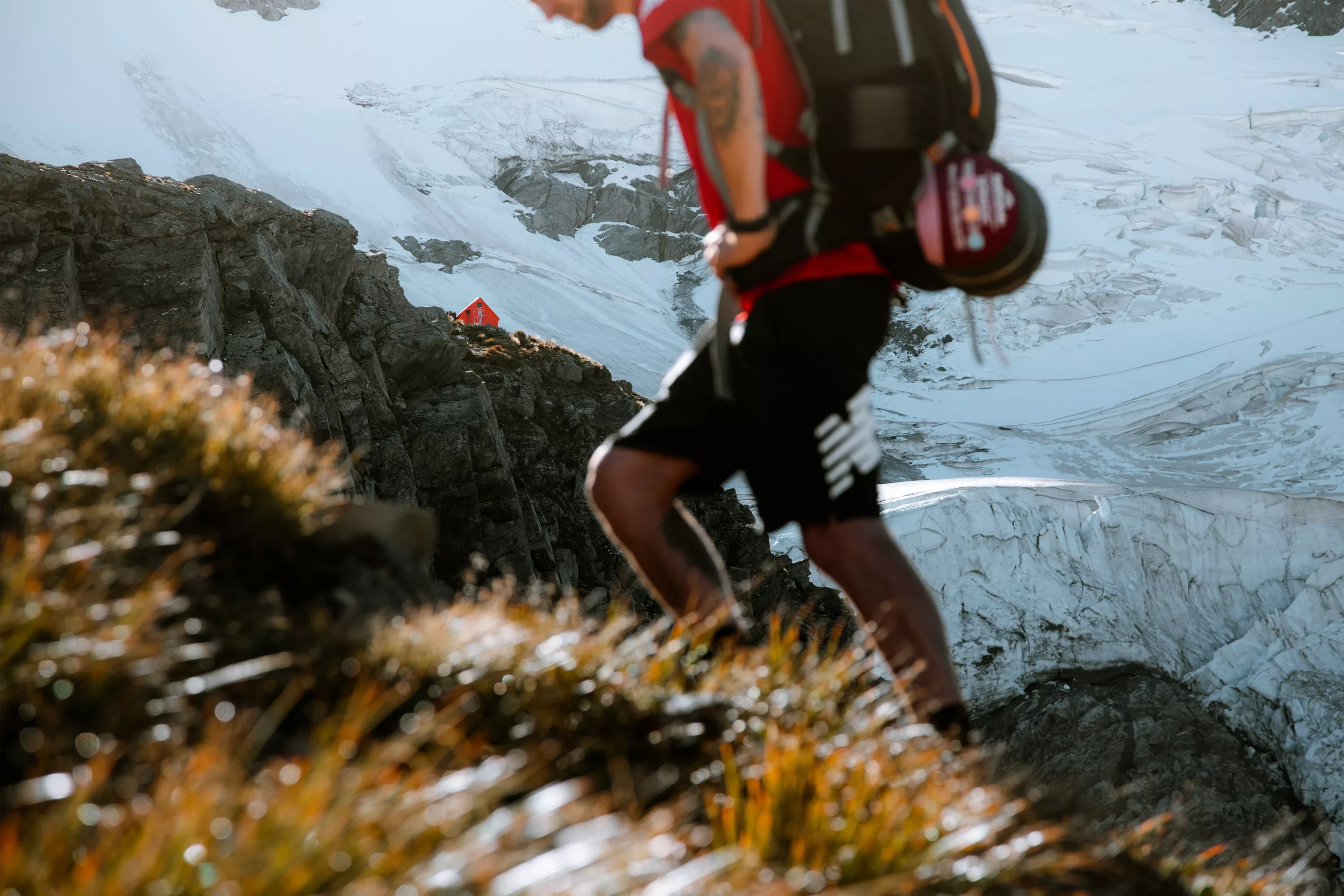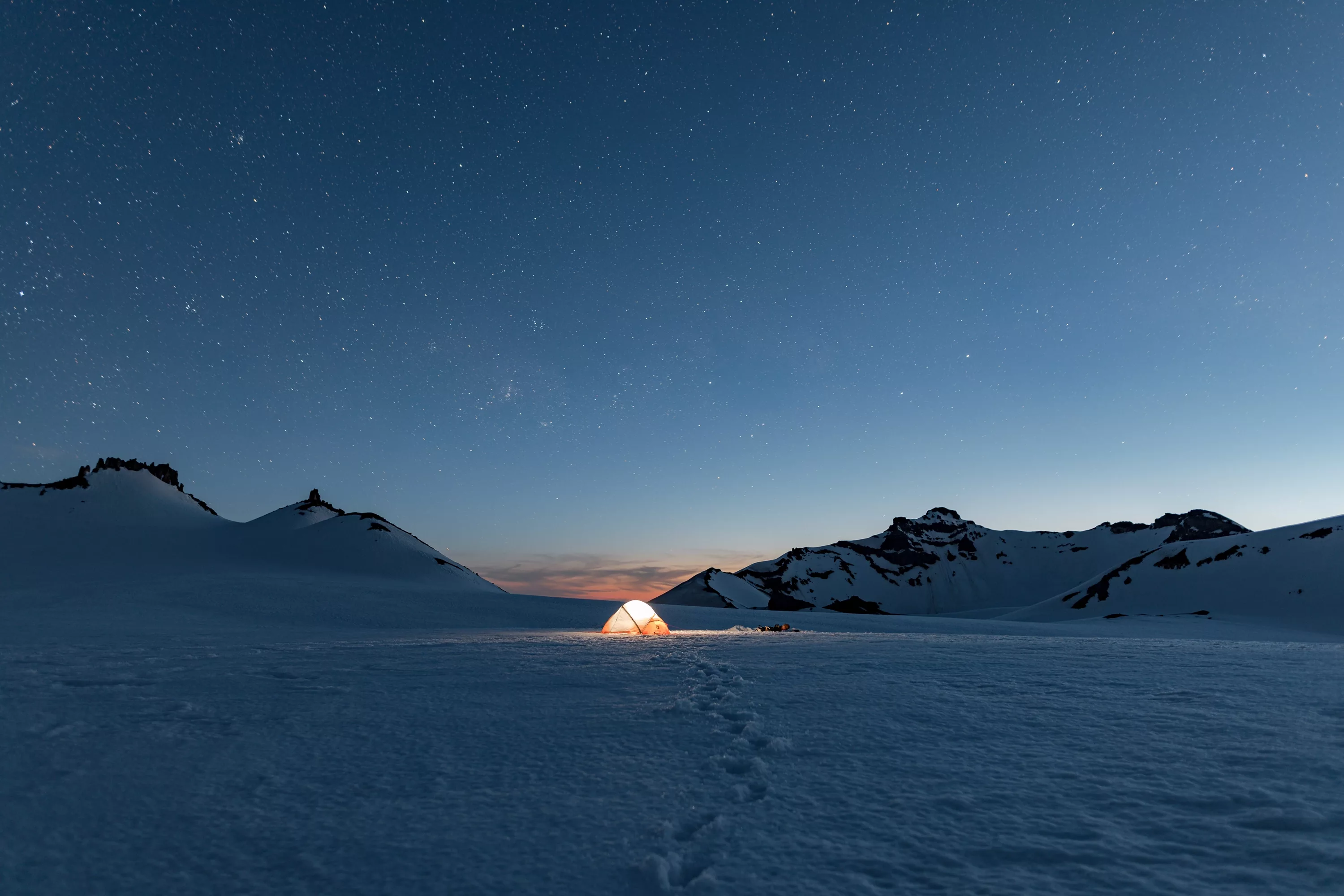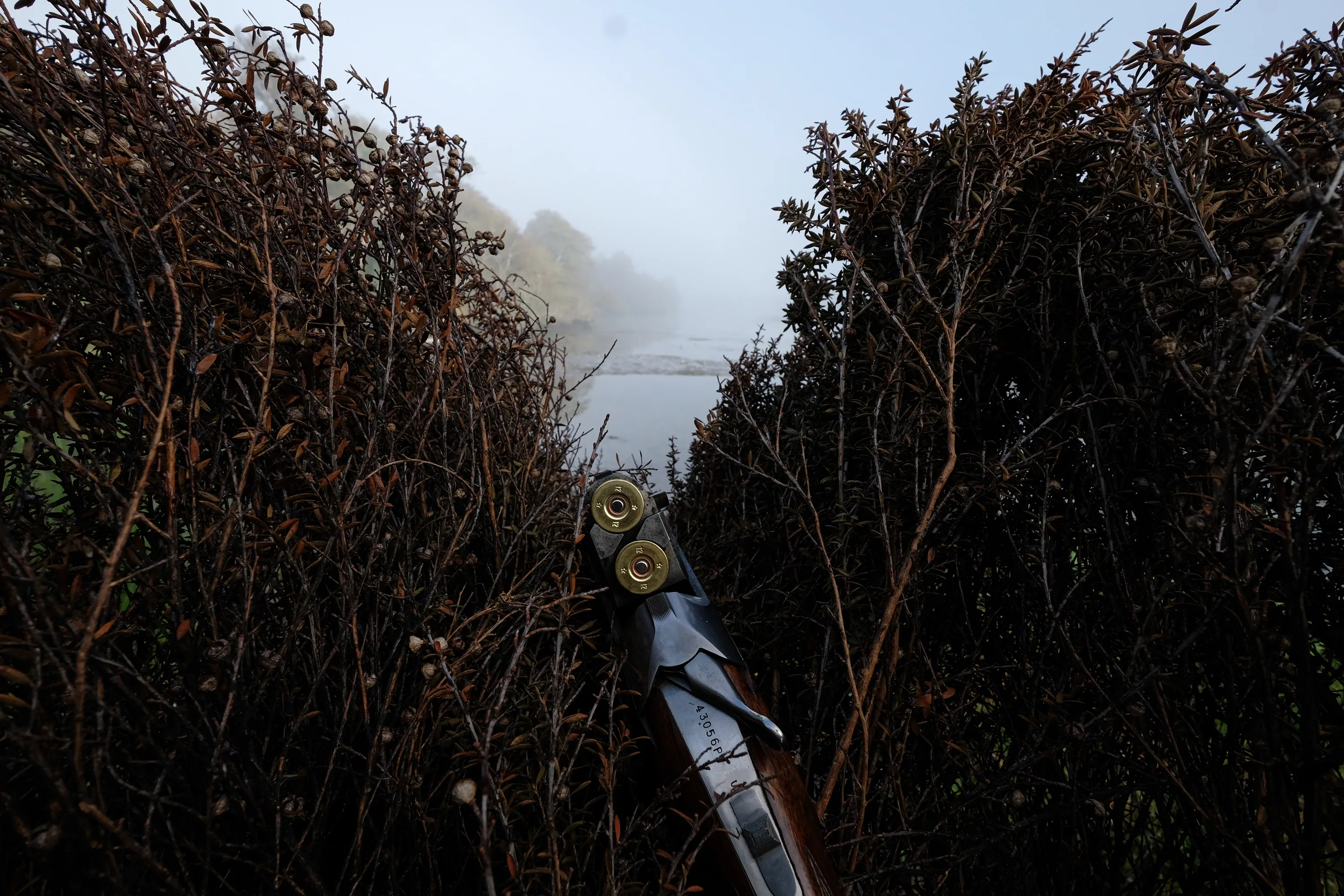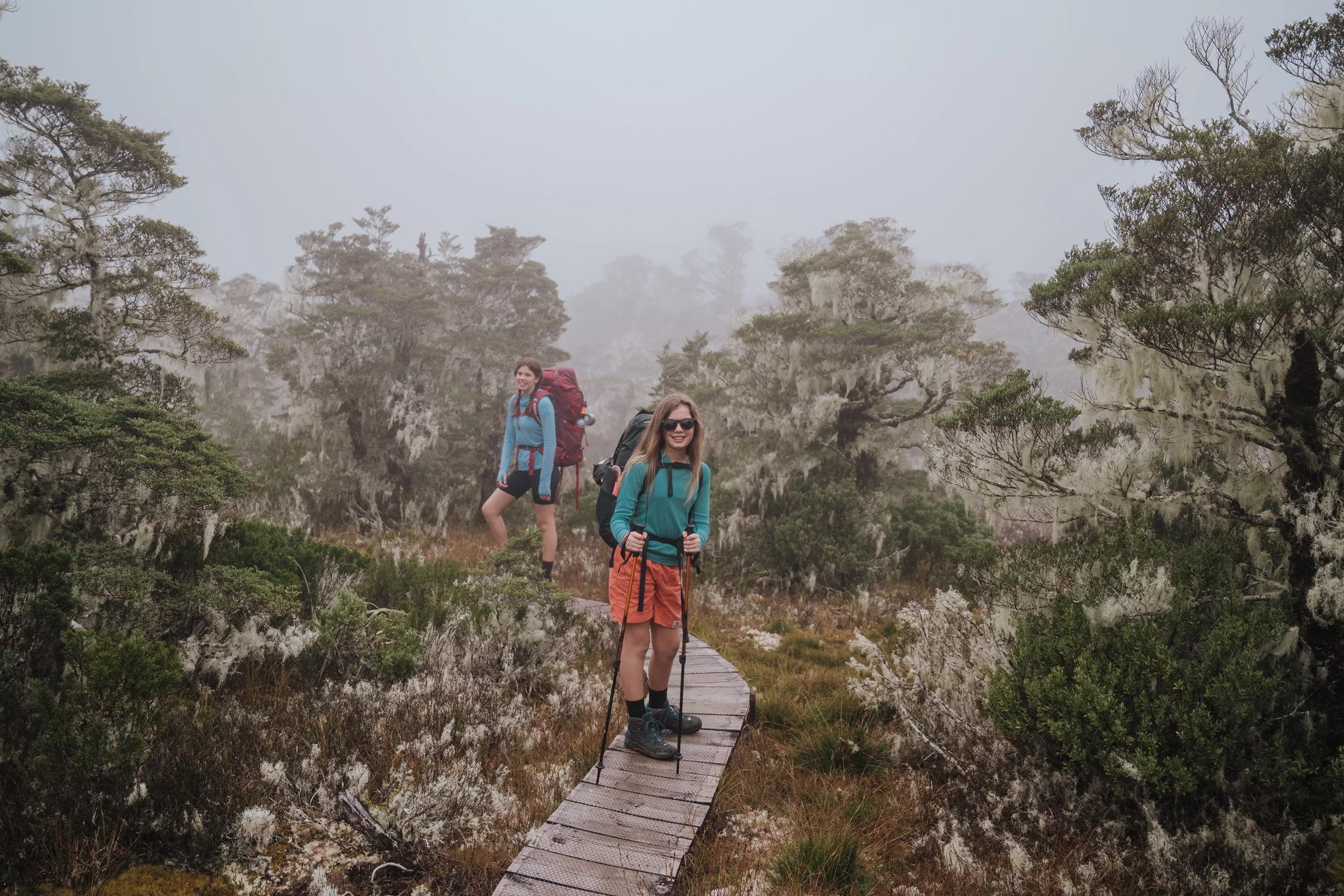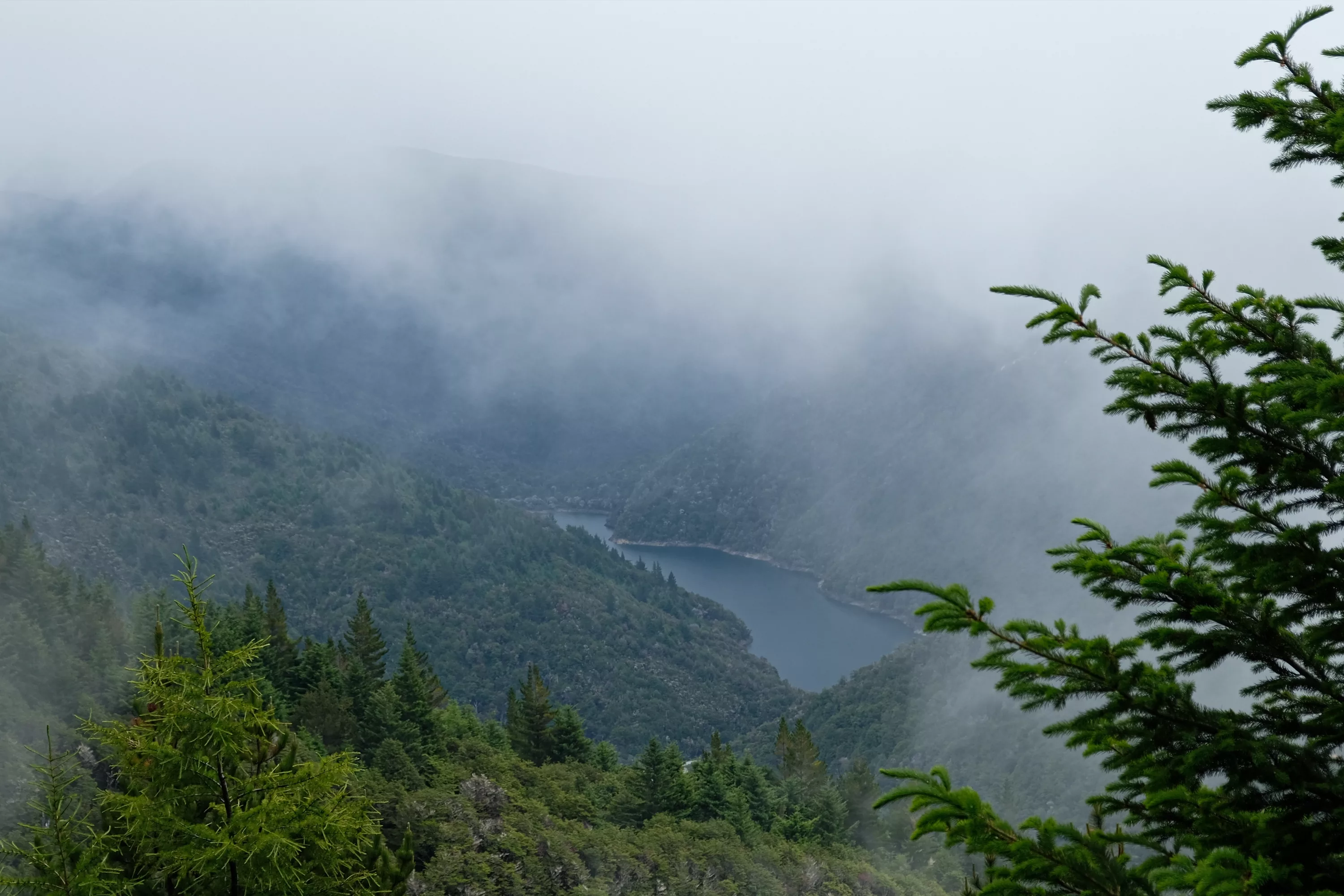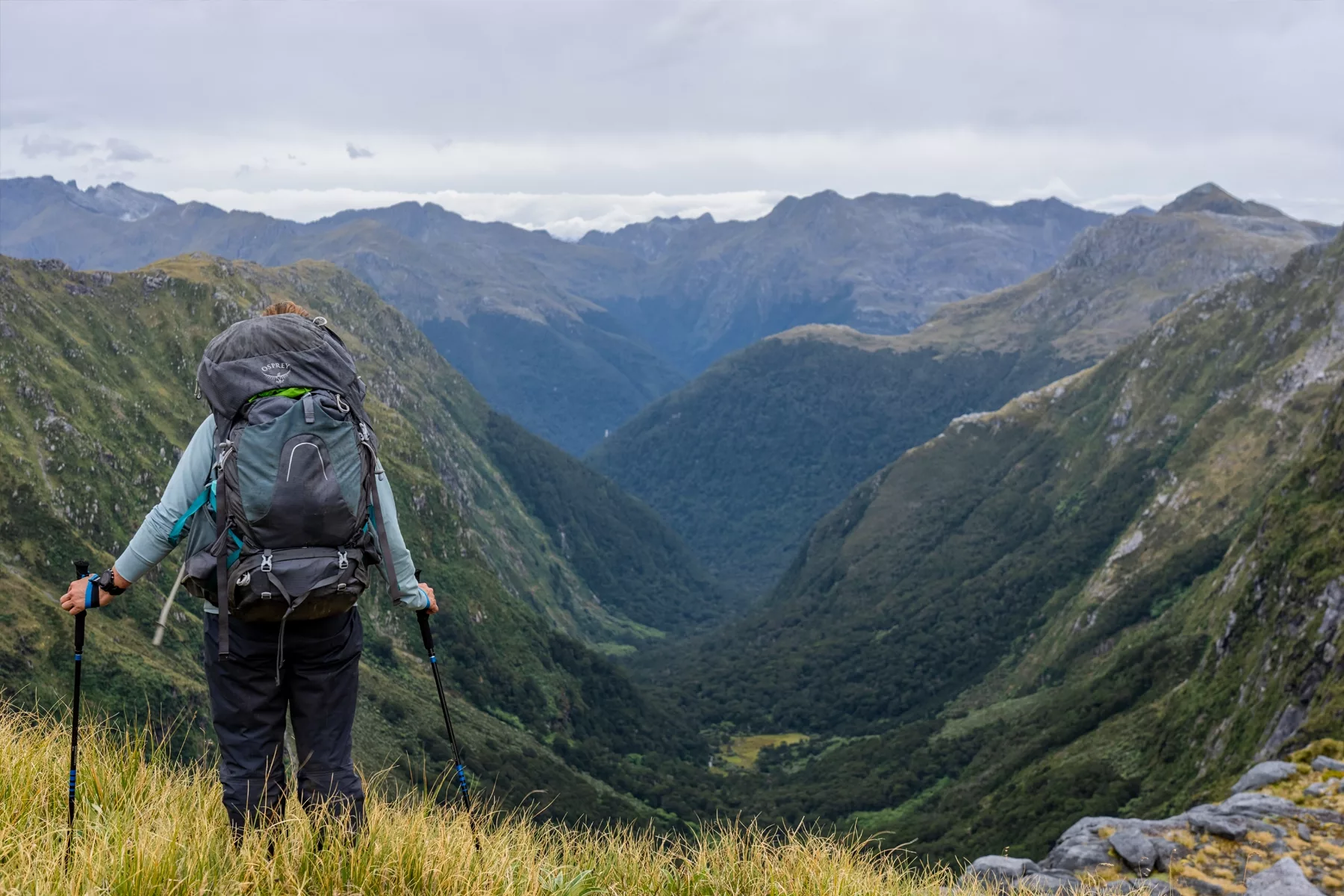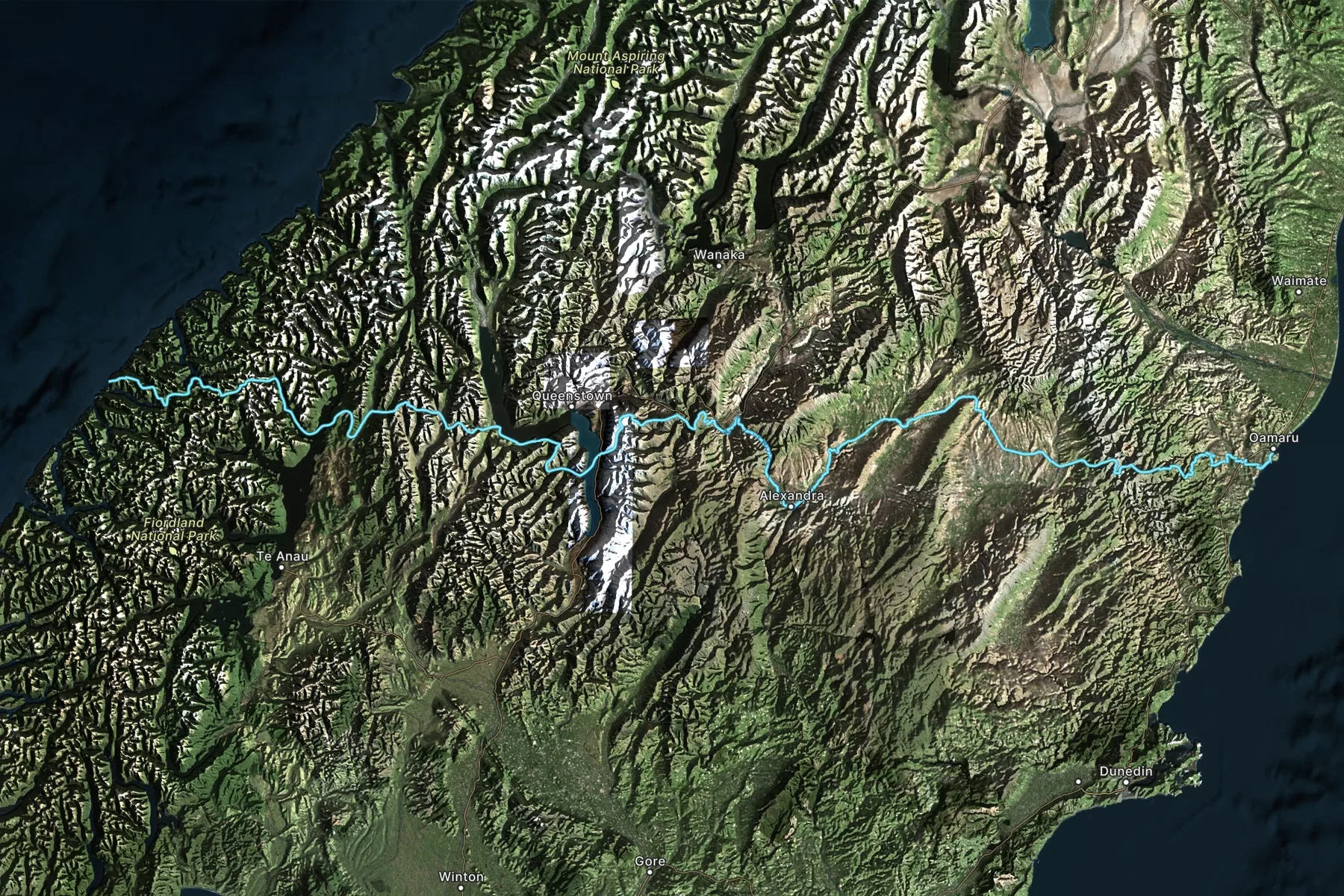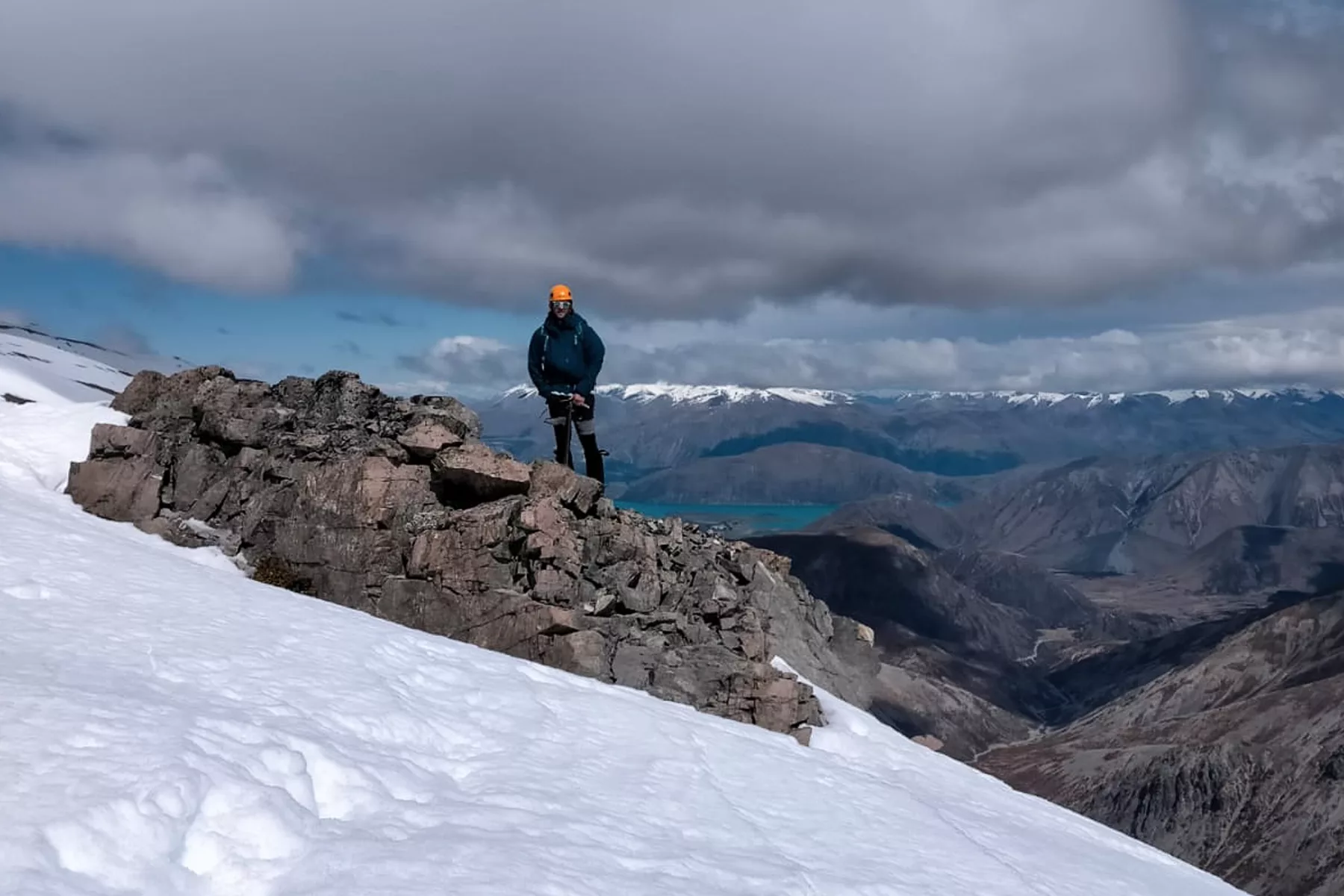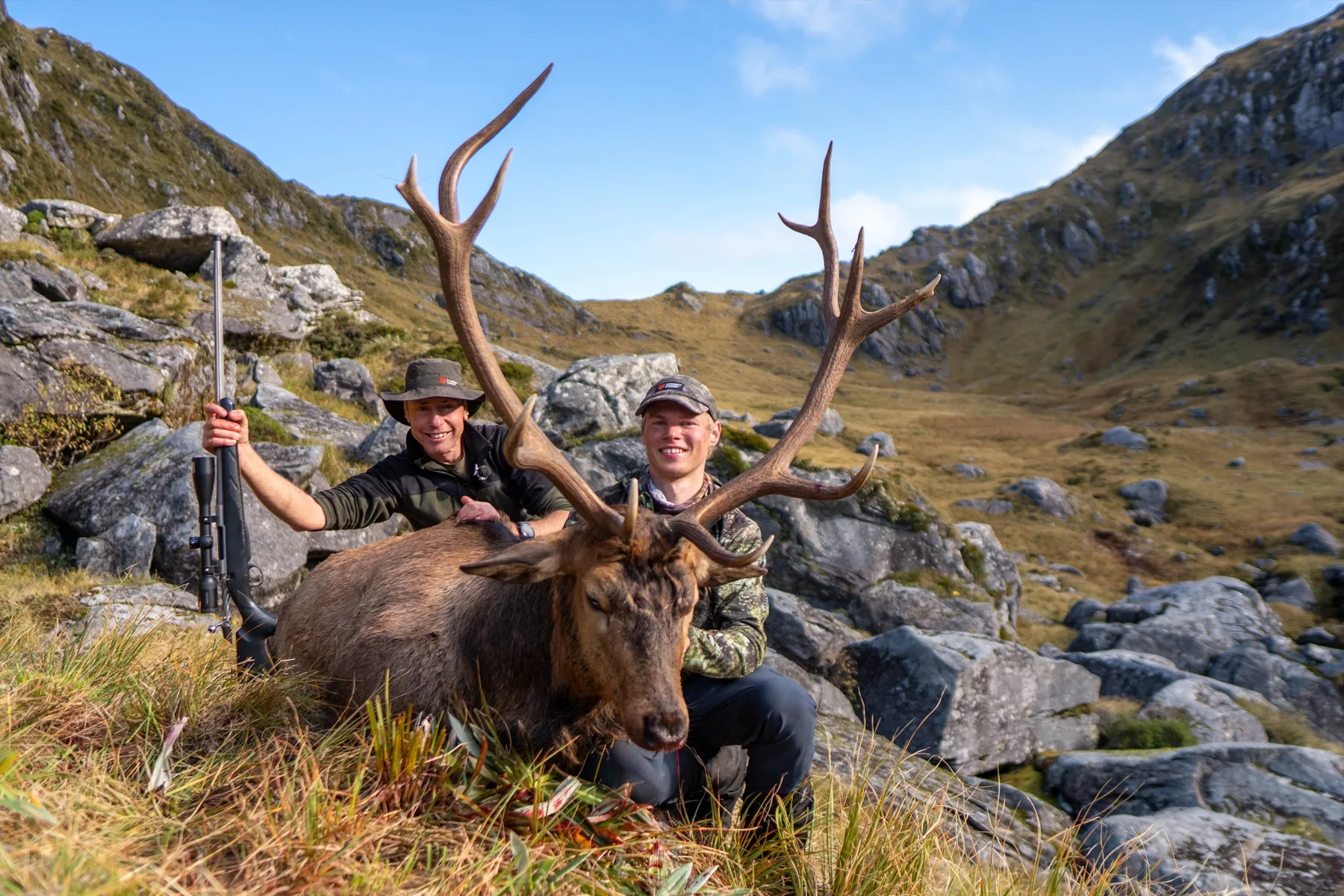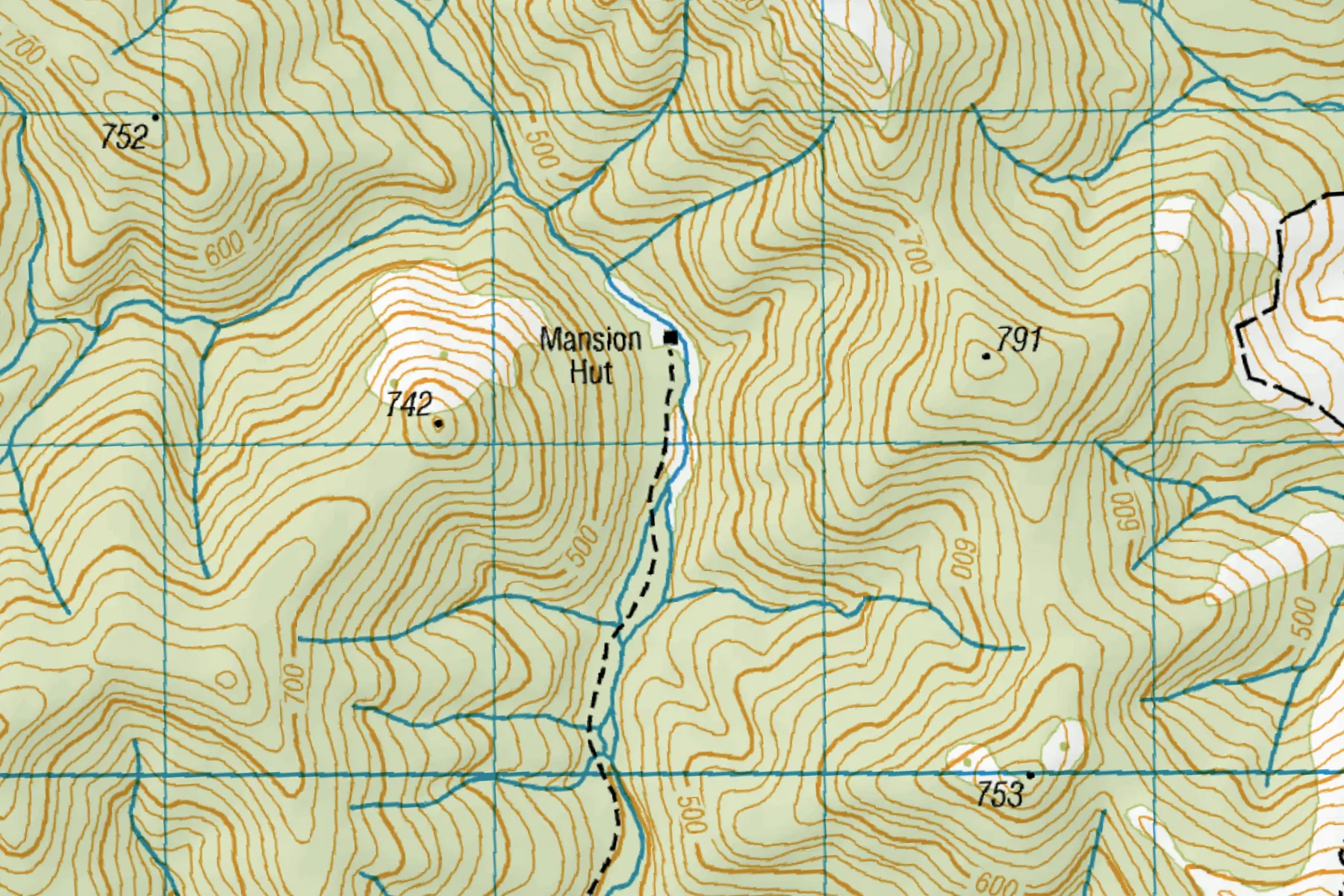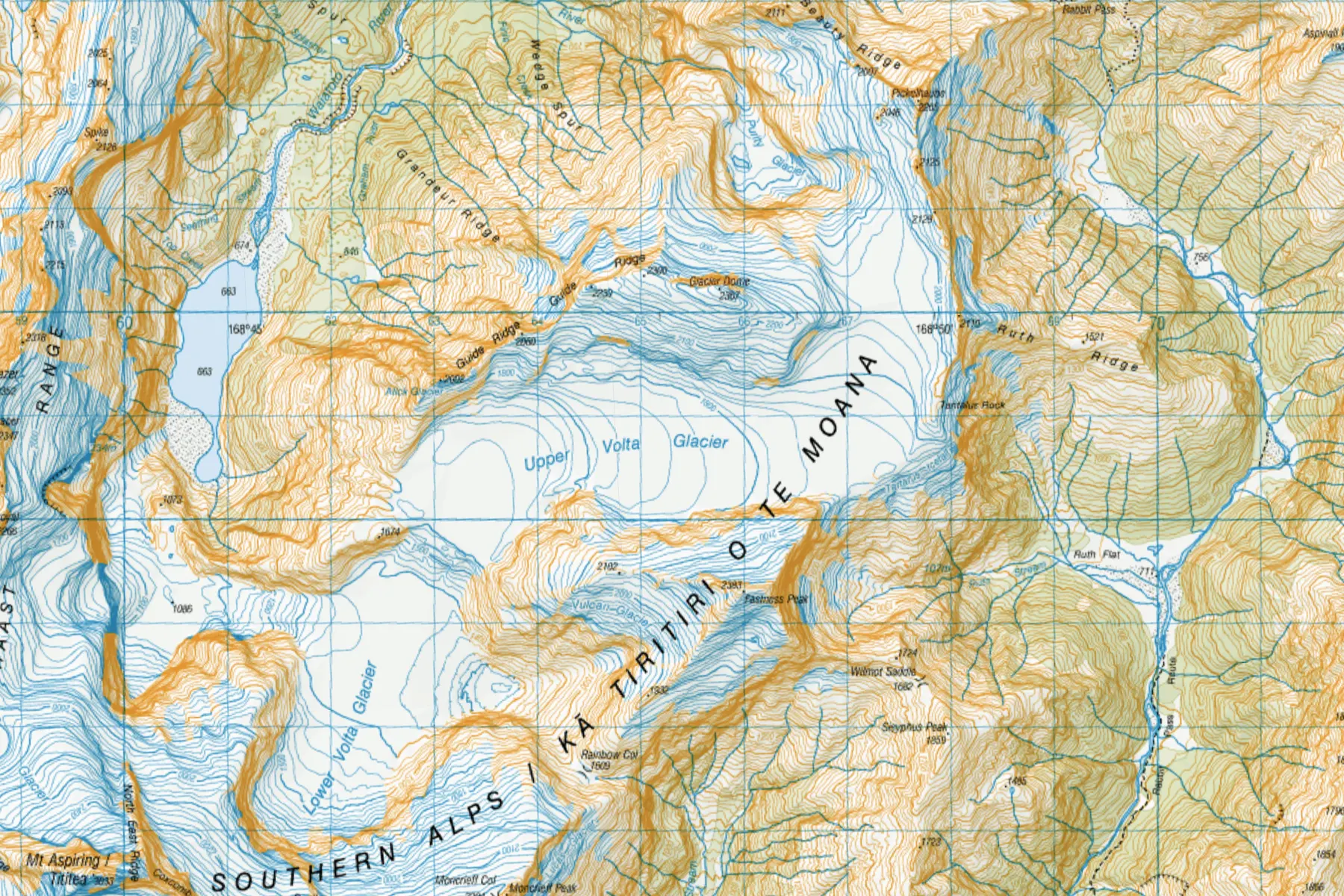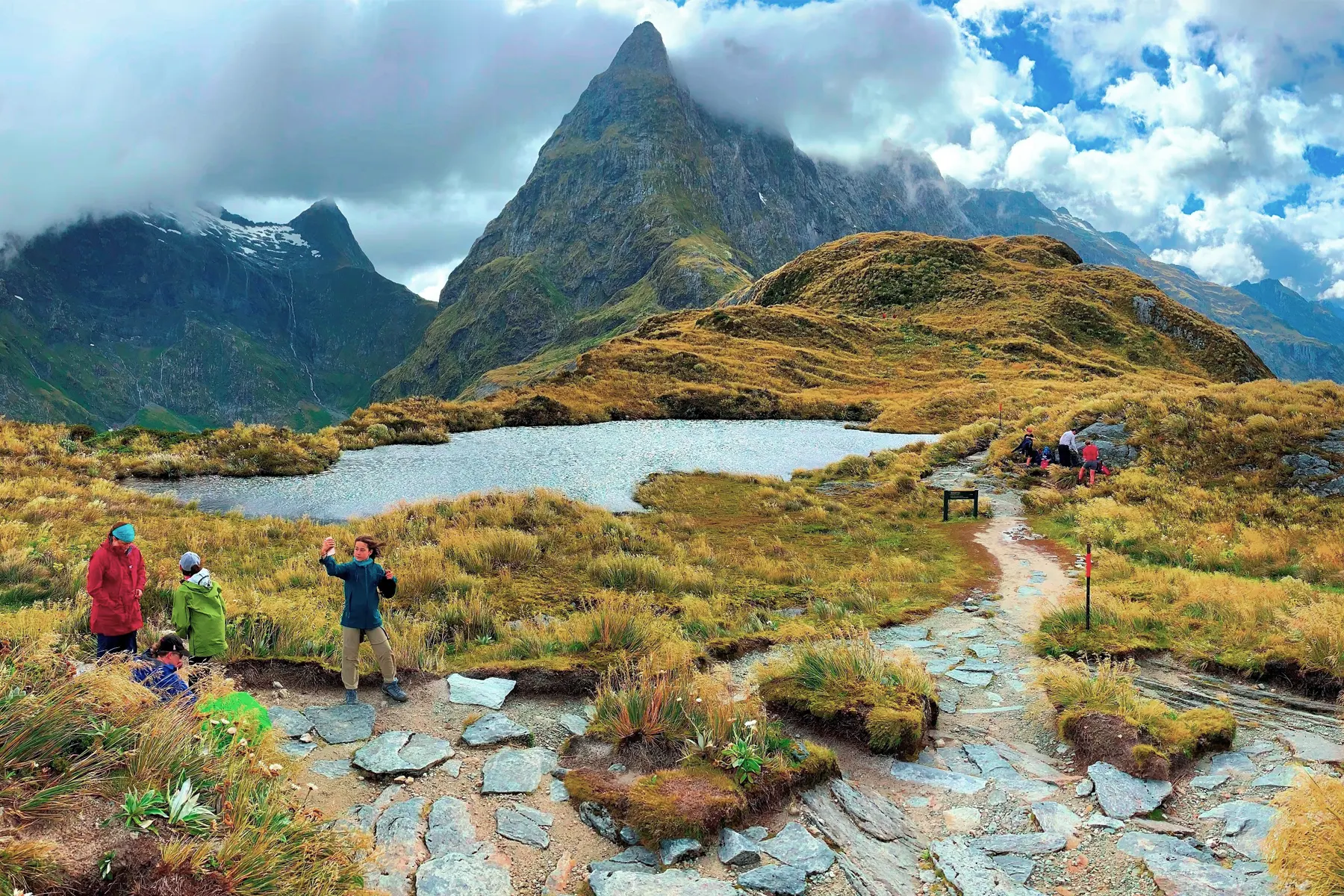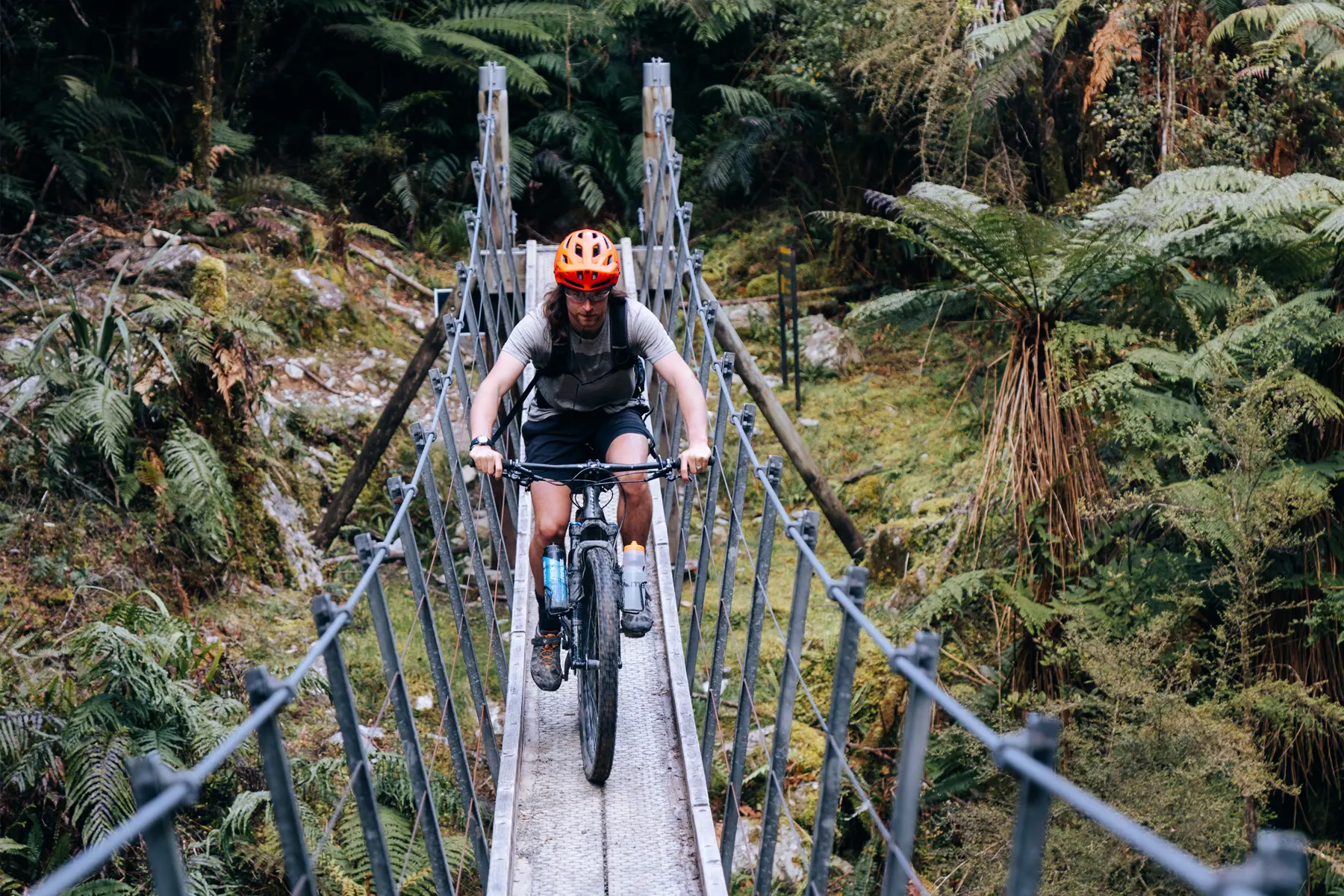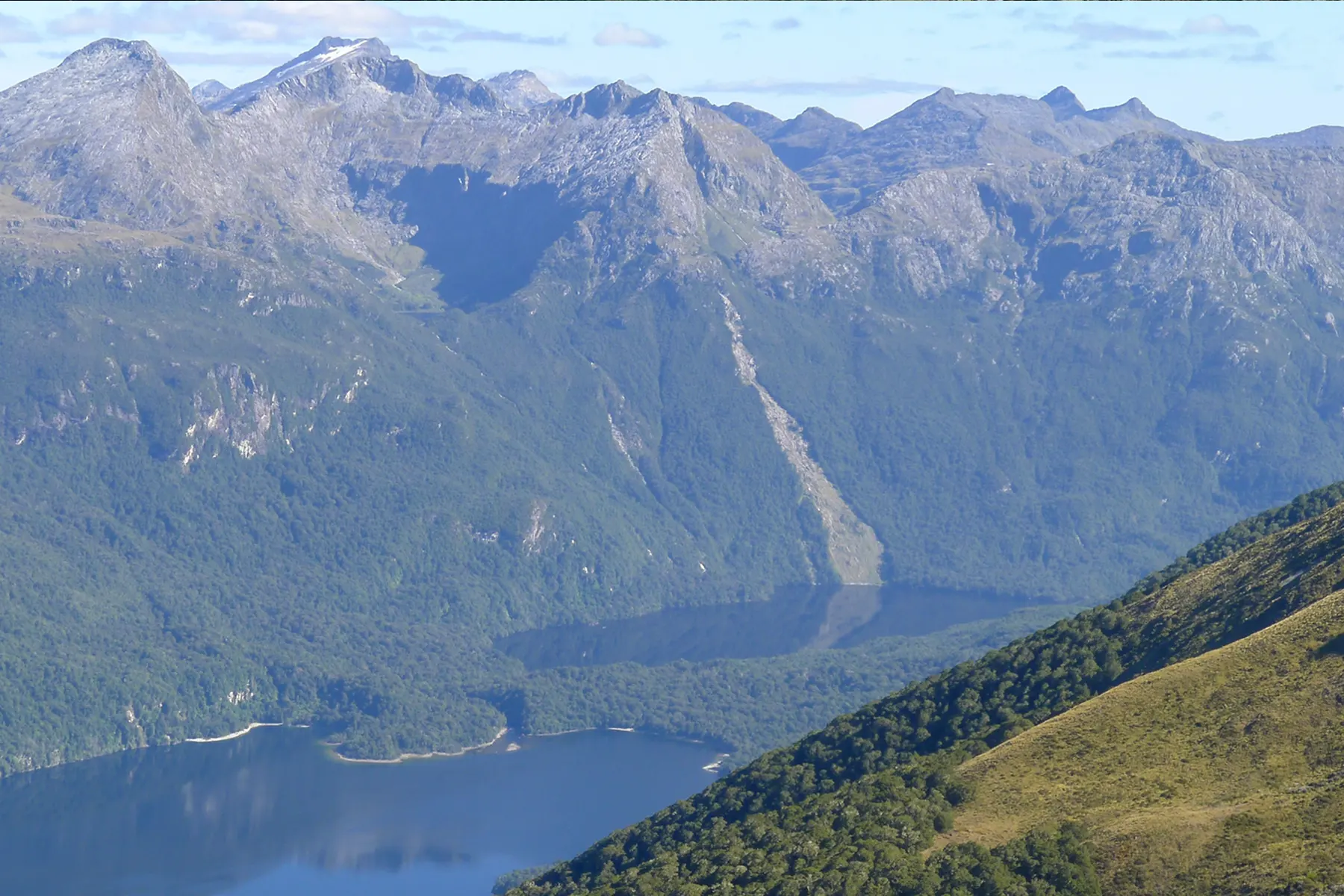Spring Hiking | 5 Tips For A Good Trip

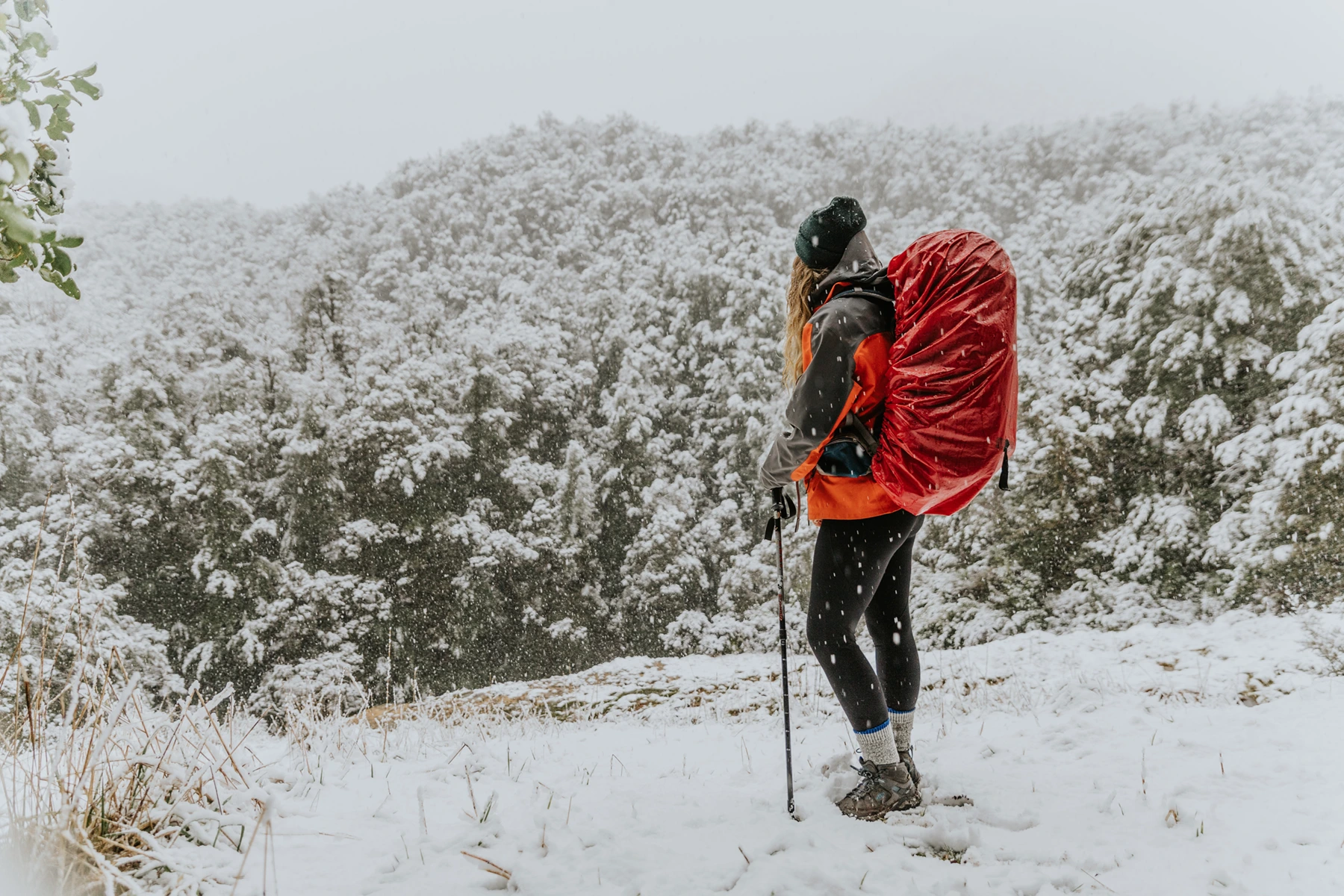

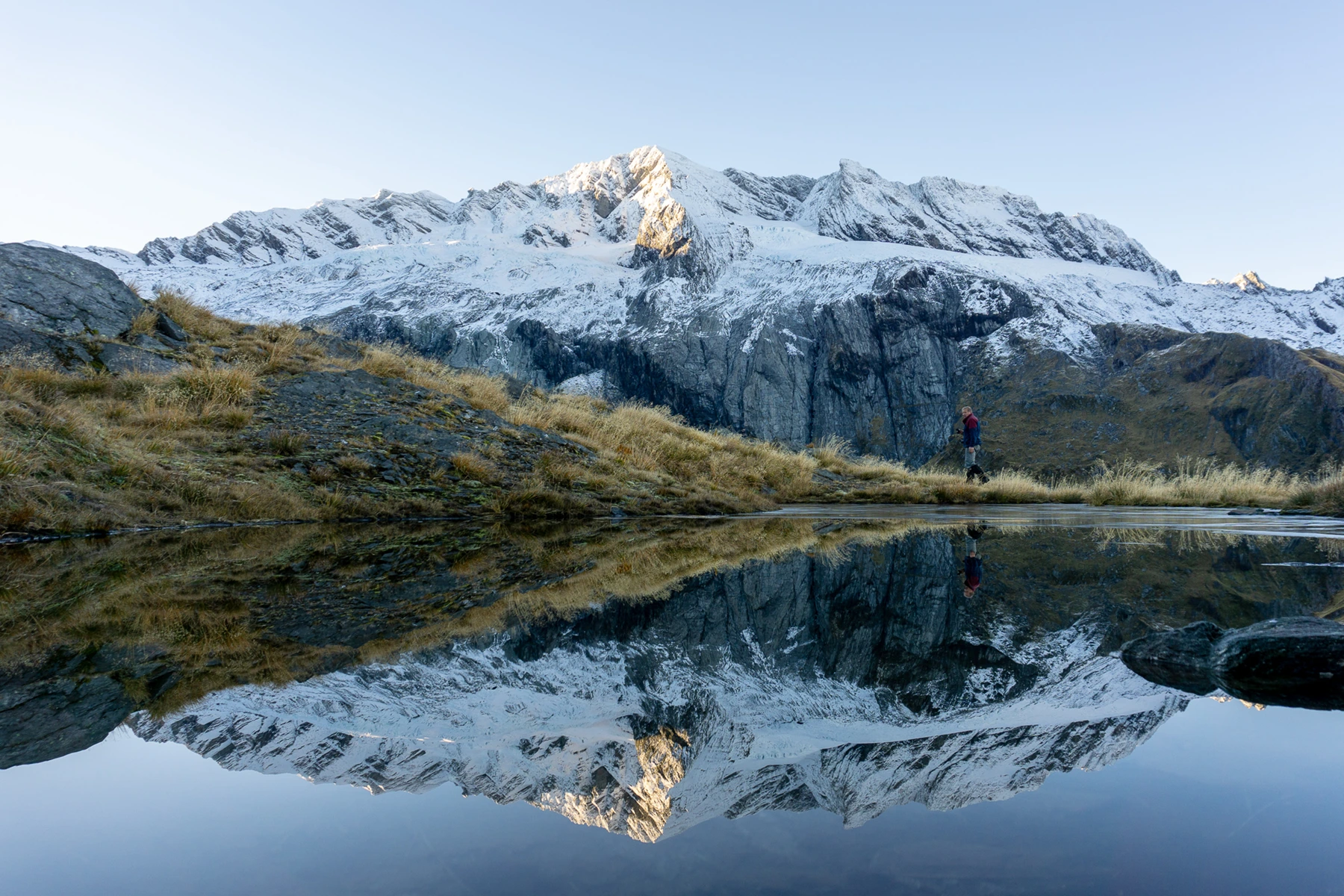
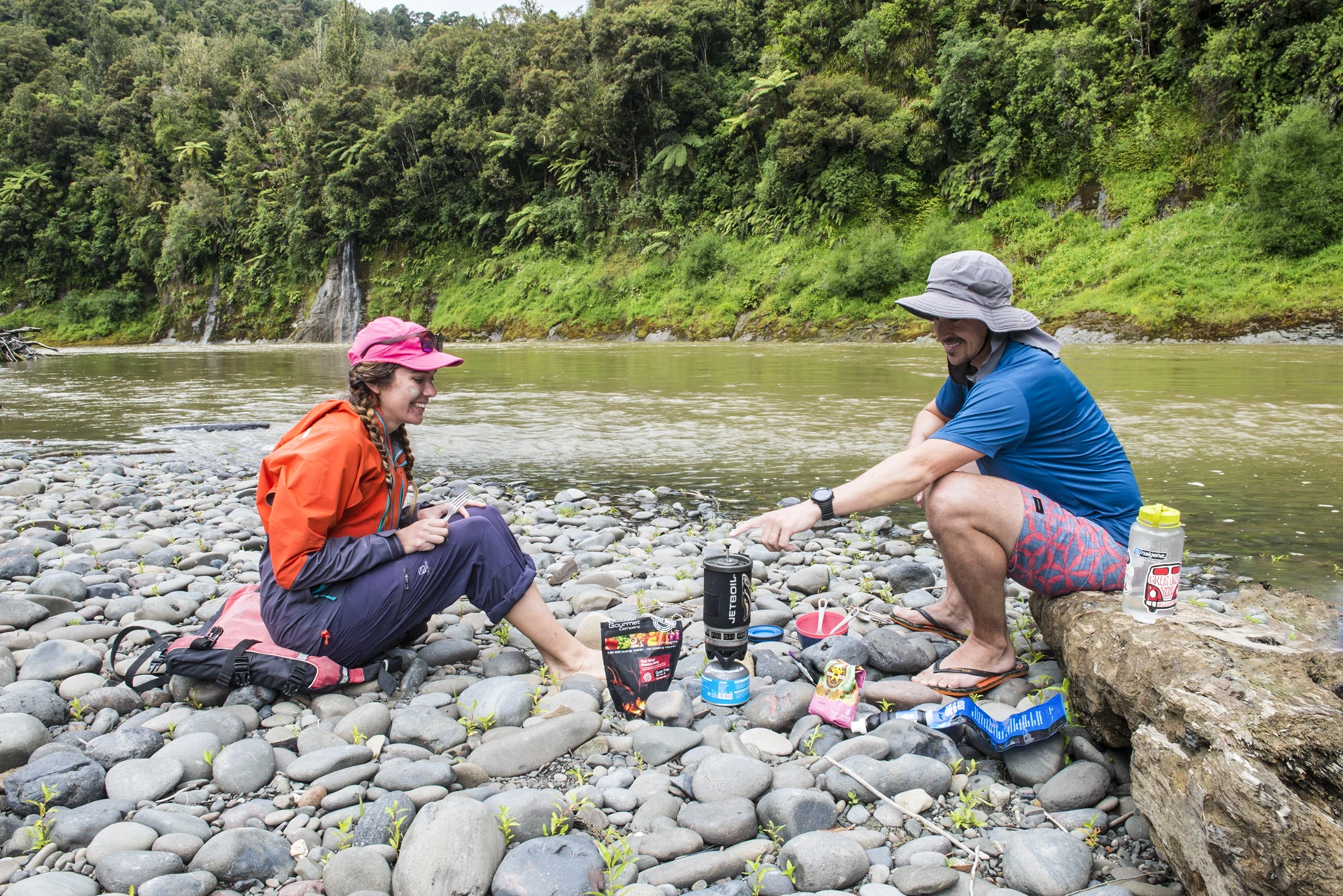
Let’s face it, the depressive effects of a long, miserable winter are real. While a busy summer seems to fly past in the blink of an eye leaving you thinking, “wait, it’s over already?”, winter can really sink its teeth into you and drag you around at its will. Once June hits we’re already starting to look ahead to spring hiking missions with fresh memories in our minds of carefree summer campsites or halcyon evenings sharing a tipple with strangers on the hut deck. But make no mistake about it, spring is the Dr Jekyll to winter’s Mr Hyde.
That said, spring is possibly one of the most rewarding times of the year to dust off the gear and get back outside hiking NZ, offering up the promise of cool and clear days of easy travel, bookended by crisp frosts and early nights. However when Mr Hyde tags along you better be prepared for the worst of what winter could offer and then some.
Spring should be, and is, the jump off point to the months ahead of backcountry adventures and car camping hit outs, and hopefully with a little help from the tips below you can avoid a situation that might put a dampener on what should be that enjoyable icebreaker trip for the season.
SPRING HIKING MEANS CHANGEABLE WEATHER
Four seasons in one day is a classic move from the spring hiking playbook, it’s like a good Spotify playlist on random, and repeat. More pronounced in the high country or alpine zones, the day might start off bluebird but that front that just appeared on the horizon is moving at pace and will be on you quicker than you think. And then just like that, after a short, sharp face slap of wind and sleet, it’s blue skies and happy days again with only melting hail, a dusting of snow, and quickly swollen creeks as evidence it ever happened.
A good layering system must be carried at all times and means you’re prepared for any eventuality at any time of the year, so your basic clothing kit will look the same in the height of summer as it does in the depths of winter.
Here’s a list of our clothing non-negotiables for spring hiking in the back country, then it’s up to you whether you prefer shorts or pants, tees or shirts, and so on:
- High quality waterproof shell
- Down jacket
- Fleece top
- Merino base layers (and spares)
- Beanie & gloves (and spares)
- Good socks (and spares)
OVERNIGHT TEMPERATURE DROPS
From 30c days to -8c nights you’ll be scrambling for the sleeping bag as soon as the sun has dipped behind the hills. Long evenings around a campfire probably won’t be a reality just yet as your back will be frosting over while your front tries to stay nice and warm.
As much as you want to shed weight and go light and fast, it’s not time for the summer sleeping bag just yet so stick with the four season bag, or three season with a liner if you want to ensure a toasty night’s sleep. And sleeping under a fly is doable if you really want to but maybe just ease into things and stick to the three season tent for a month or two more.
BUSY HUTS & DODGY TRACKS
When the spring hiking rush hits, and especially post COVID (are we there yet?), everyone is itching to get out of the city, tick off one of New Zealand's Great Walks, and experience nature and isolation again. Which is a little ironic as in our efforts to get away from each other we all wind up all sleeping in the same room together. The choice is yours in this situation, you can either feel put out by this and pack a sad, or embrace the opportunity to meet new people and share the experience together, which nine times out of ten is a good one. And just because the DOC online booking system says the hut will be mostly empty the night before you leave, trust us, this is no indicator of what you might find on arrival. So, go with the flow and make some new friends.
Just getting to the hut in the first place can be a challenge as, like most of us when we crawl out of our winter hibernation, the less popular tracks need a little trim and tidy up. The less frequented tracks won’t see a lot of foot traffic over winter and are likely to be further down the DOC maintenance list. Sometimes the local volunteer legends will get in there first and work clearing slips, or creating temporary alternative routes where the track has flooded away or destroyed by fallen trees but you can’t rely on this so it always pays to check the DOC site for closures before you go hiking. It might save you a lot of sweat and swear words.
SWOLLEN RIVERS & AVALANCHES
Springtime is the awakening of nature mostly recognised by seeing more of the round orange thing in the sky and less of that wet stuff falling from it. Looking up to the mountains we see the peaks still loaded with snow but with each hour of sunlight a couple of added springtime dangers are unfolding.
First up is the obvious avalanche risk that comes not only with a melting and shifting snowpack but the added weight that comes with any rain that doesn’t freeze with the warmer temperature at those levels. We recommend always checking in with The New Zealand Avalanche Advisory if you’re planning any travel above the snow line, and even if you’re not venturing up that high always be mindful of where you set up camp - you don’t want to be tucked up in your sleeping bag in the path of an angry ice cream.
Snow melt will also be keeping the rivers topped up to dangerous levels throughout spring with early afternoon spikes as the sun goes about its mahi. This is especially pronounced on the larger watersheds that take in numerous side creeks, waterfalls, and substantial tributaries in their own right. Easy summer crossings become a little more dubious and fatalities happen, even with experienced trampers. All it takes is a short, sharp downpour and things can get spicy pretty quick.
So if you’re eyeing up one of your favourite summer loops that has multiple river crossings, or heading into a new area, maybe put a pin in that spring hiking trip for a few weeks until things settle down a bit.
SPRING HIKING FITNESS LEVELS
“This winter I’m going to maintain my fitness so I’m ready for spring”, said everyone ever, yet only a very small percentage of us ever stick to the plan. And let’s be clear, going to the gym helps, but it’s nothing like the real thing. If you want to stay pack fit then load up the pack and go and find a big hill to walk up and down, which is a difficult proposition to get motivated for in the throes of winter.
So don’t overshoot your abilities straight of the gate, you may have been pack fit in April but you need to work back up to it because feeling gassed in the backcountry with a lot of work ahead isn’t a good feeling at all, physically it’s tough and mentally it’s a real battle. Pick some easy trips to start, go shorter and lighter, and maybe a bit flatter with less elevation gain. Anything is good to get the body moving again and reacquainted with wearing a pack – maybe it’s that local overnighter you’ve always ignored in search of adventures deeper in the hills. Anything is a win at this point and by starting off slowly you’re less likely to have a nasty or uncomfortable experience that puts you off for the rest of spring.
We love spring in the outdoors, it can swing from benign to hostile quicker than you can boil a billy for your Back Country, and in that sense spring will always keep you on your toes. But that feeling of regained freedom from the clutches of winter, matched with a crystal clear bluebird day of travel ahead, is impossible to beat.
So get prepping, get planning, and get out there hiking this spring.
To keep up to date with our latest blog sign up to our newsletter.

